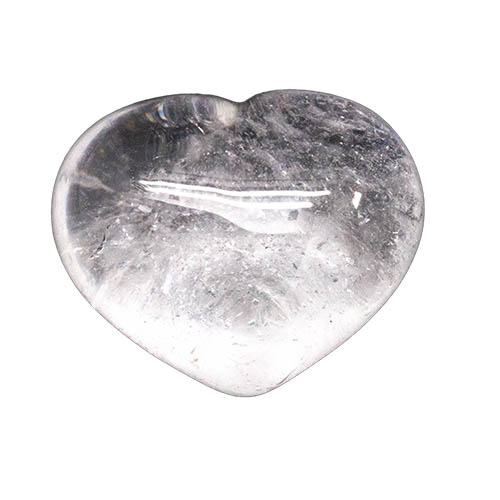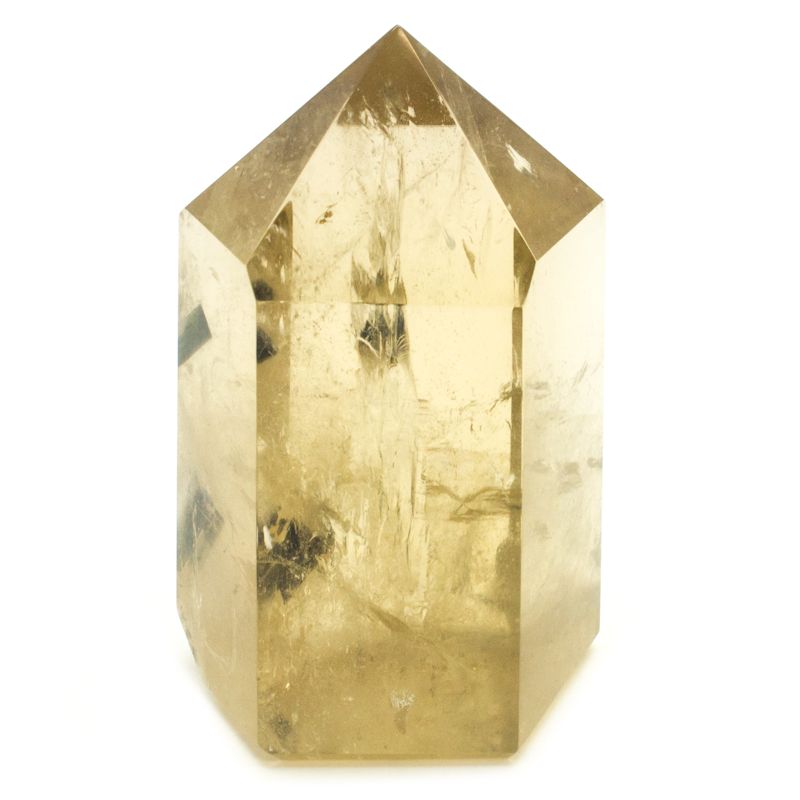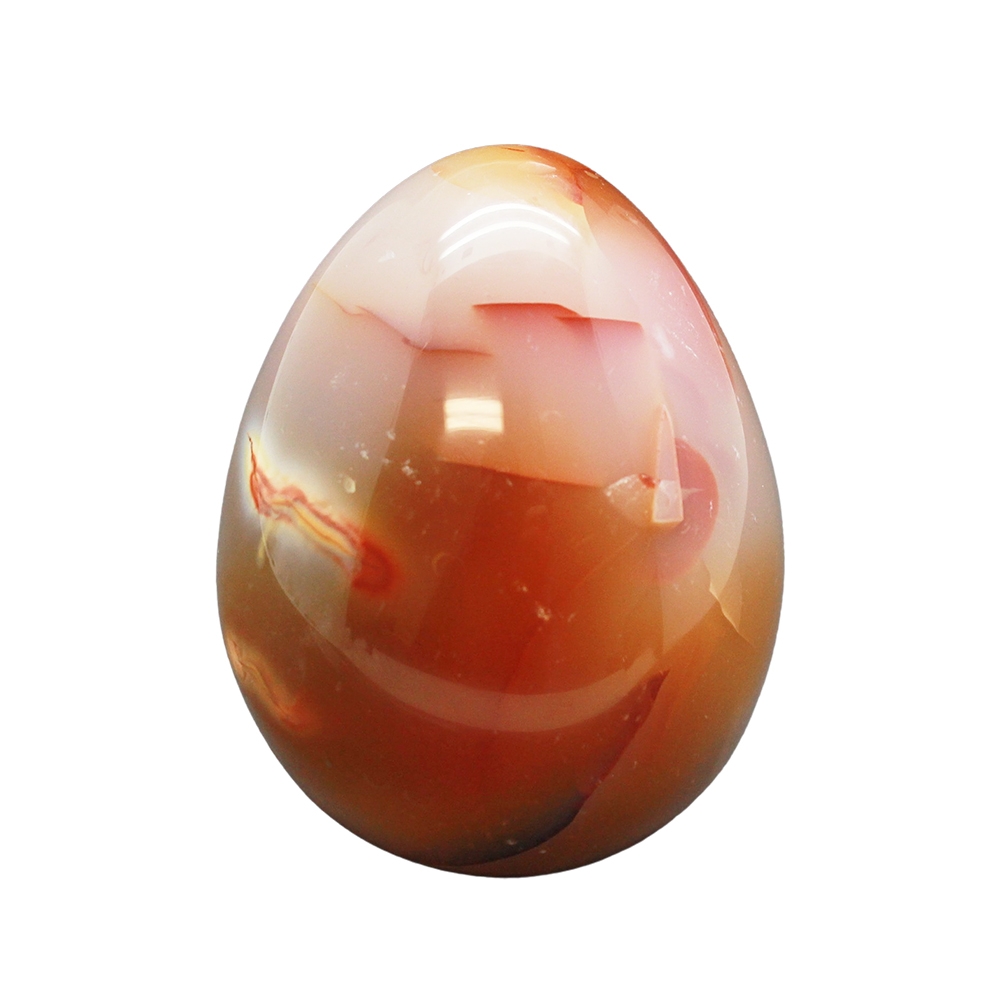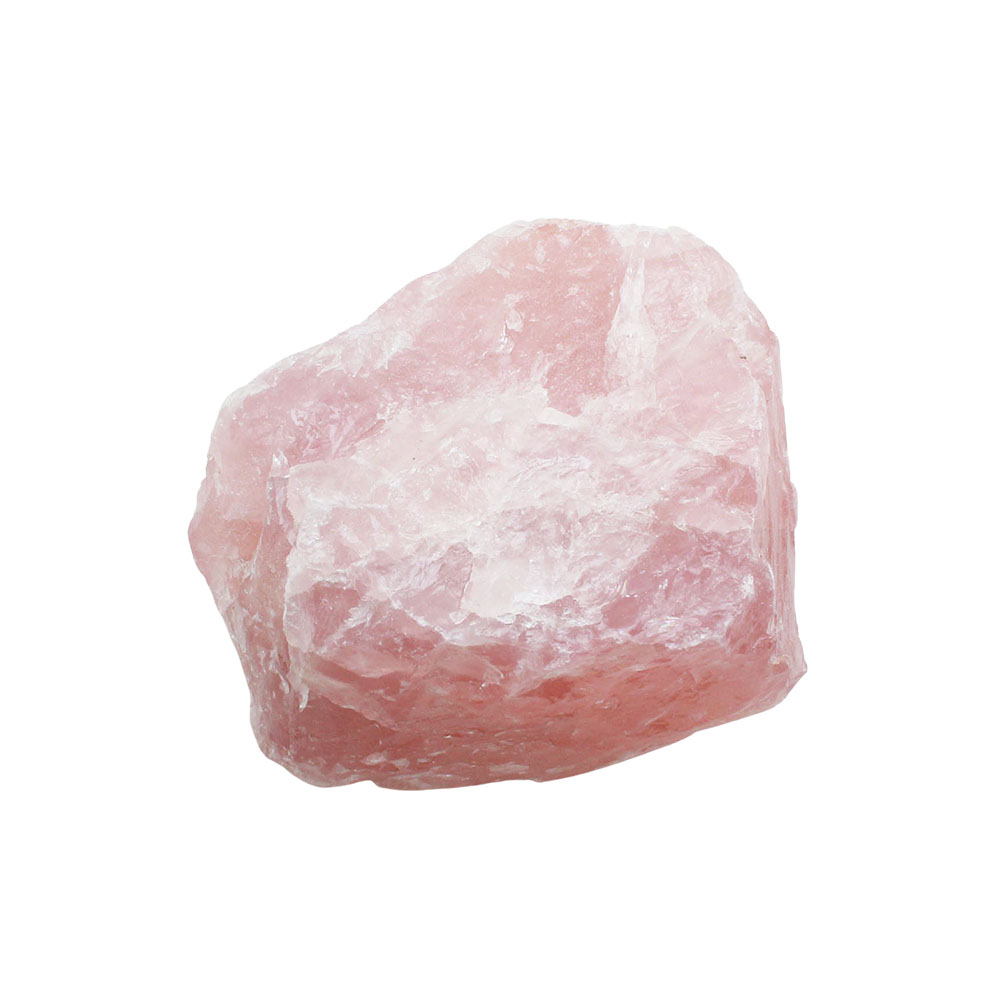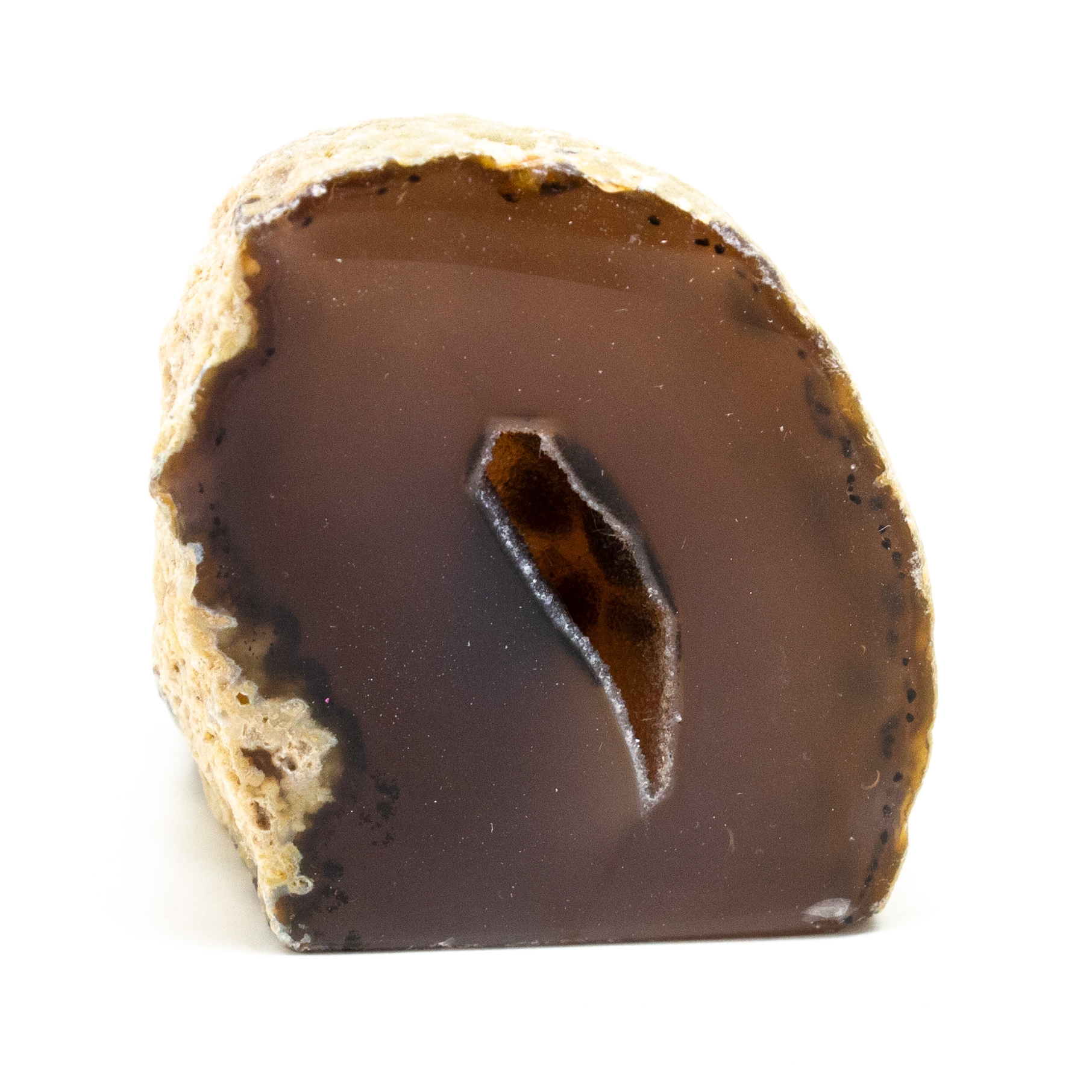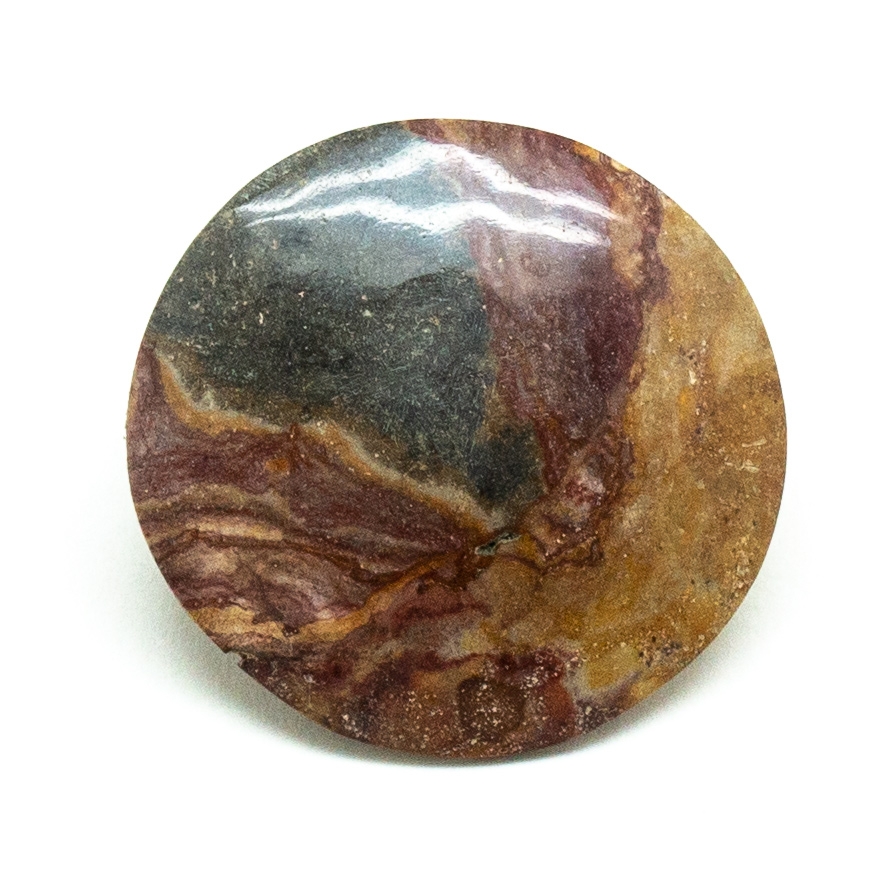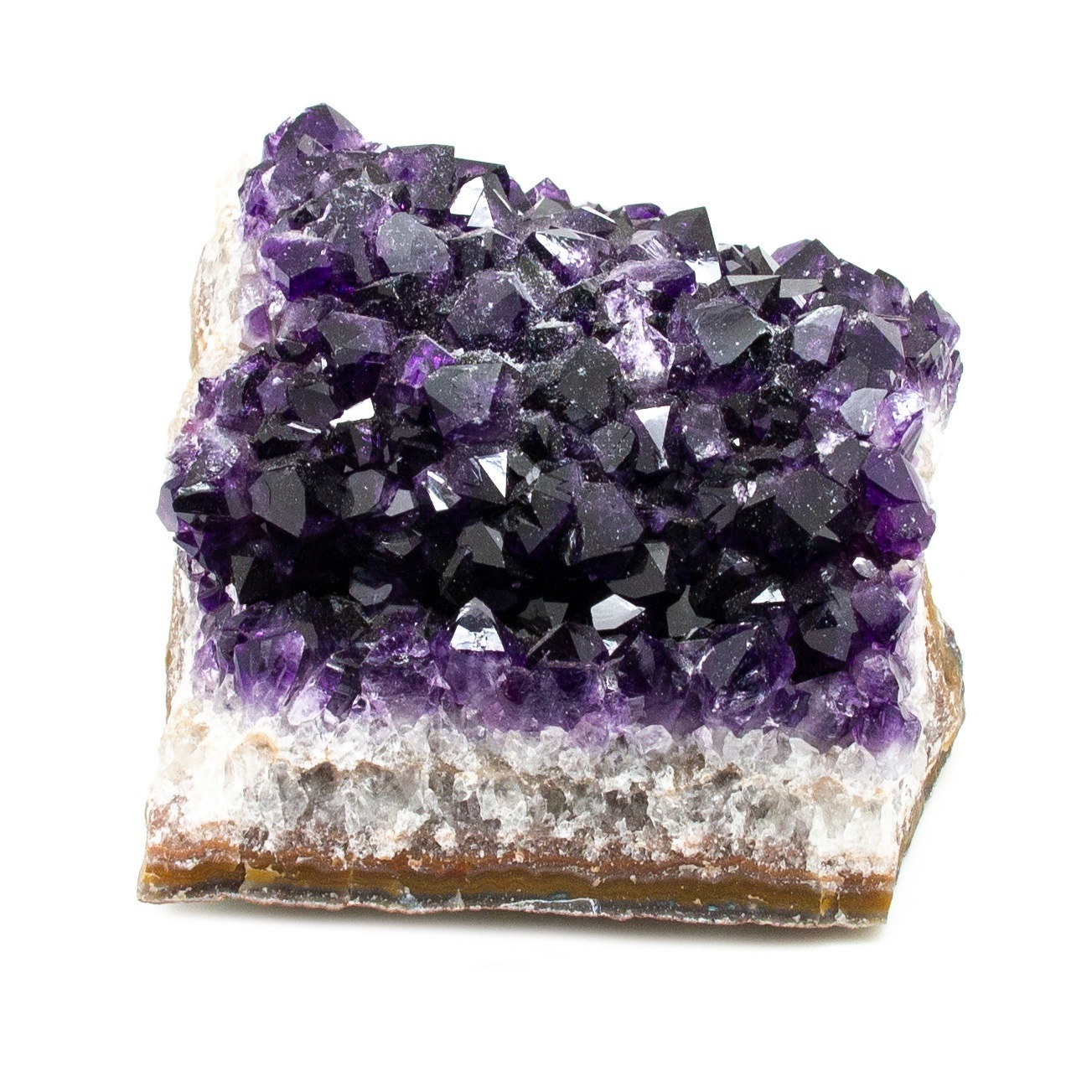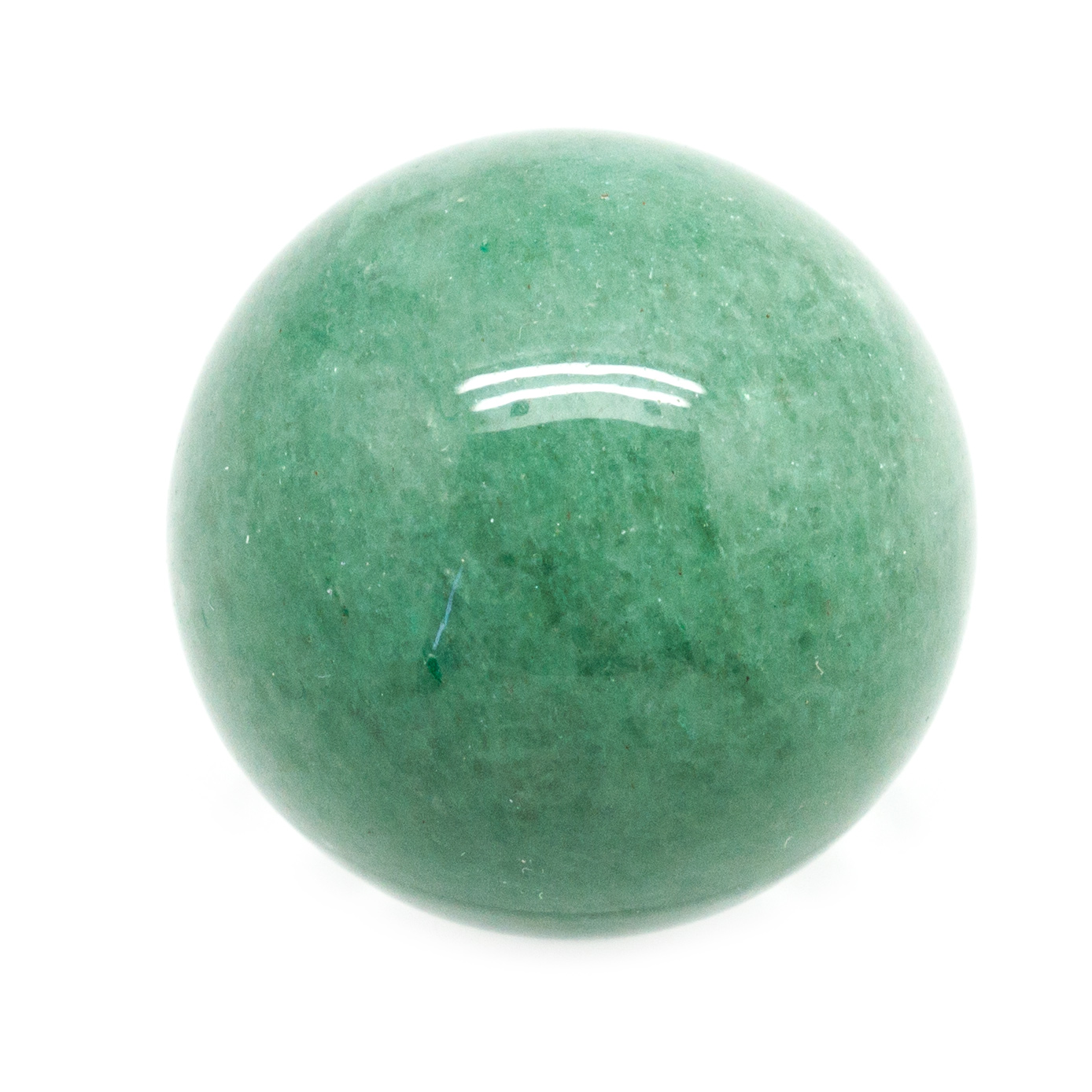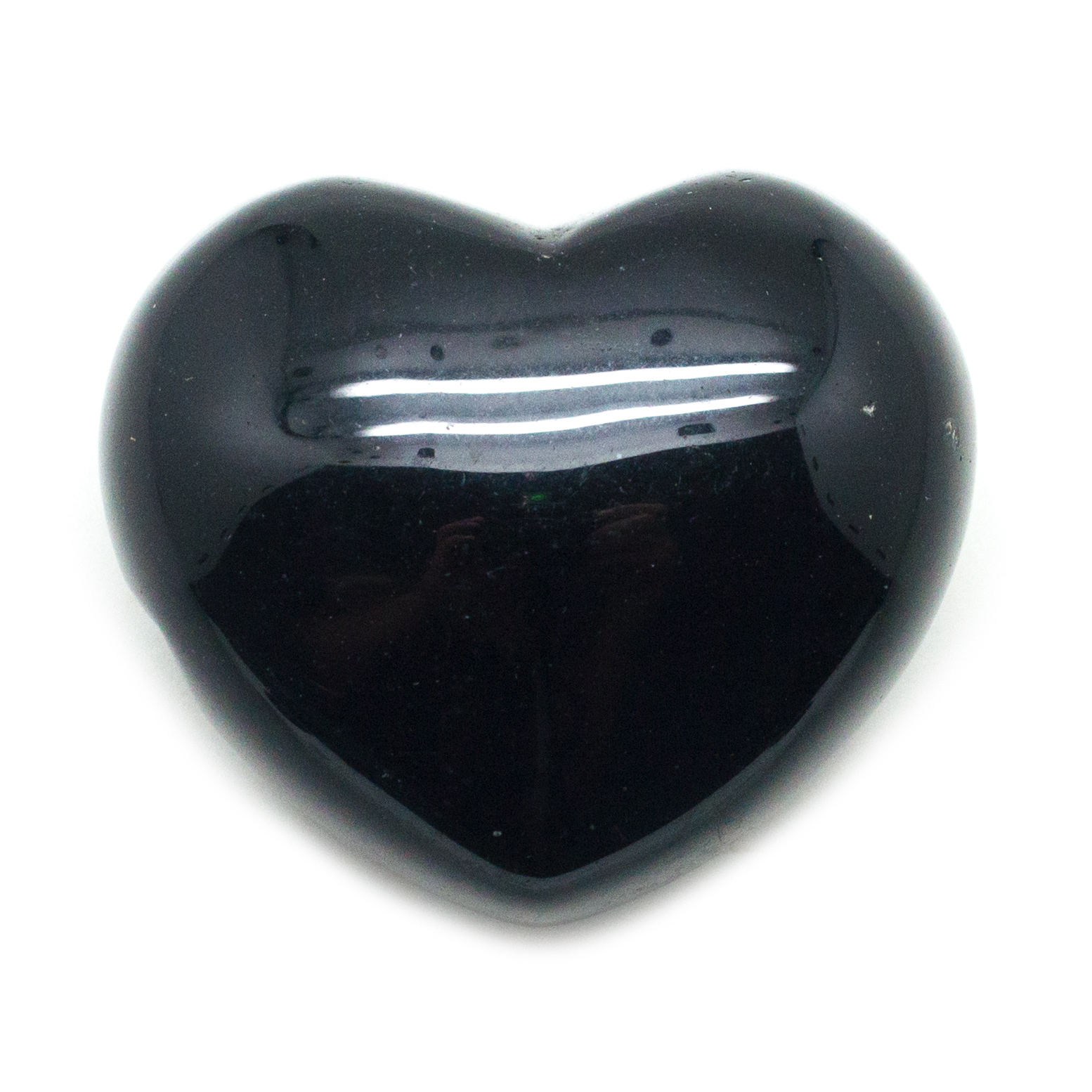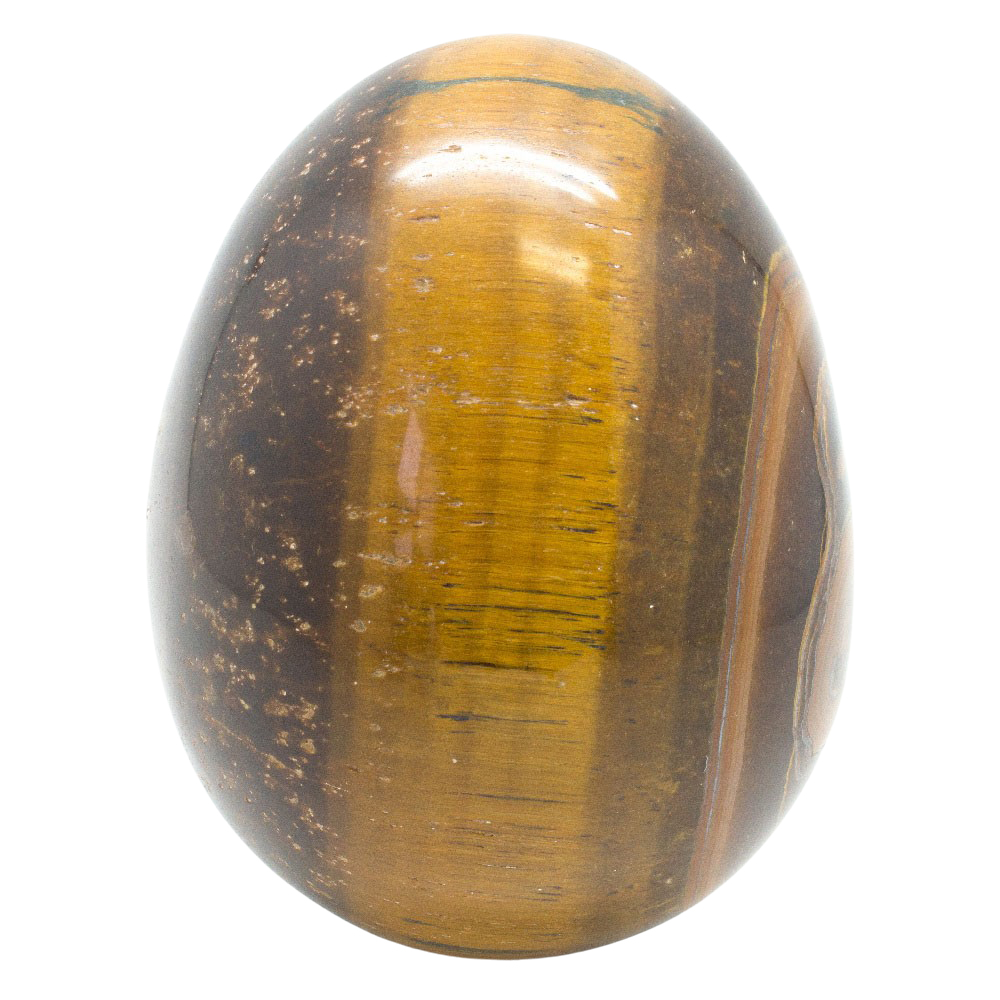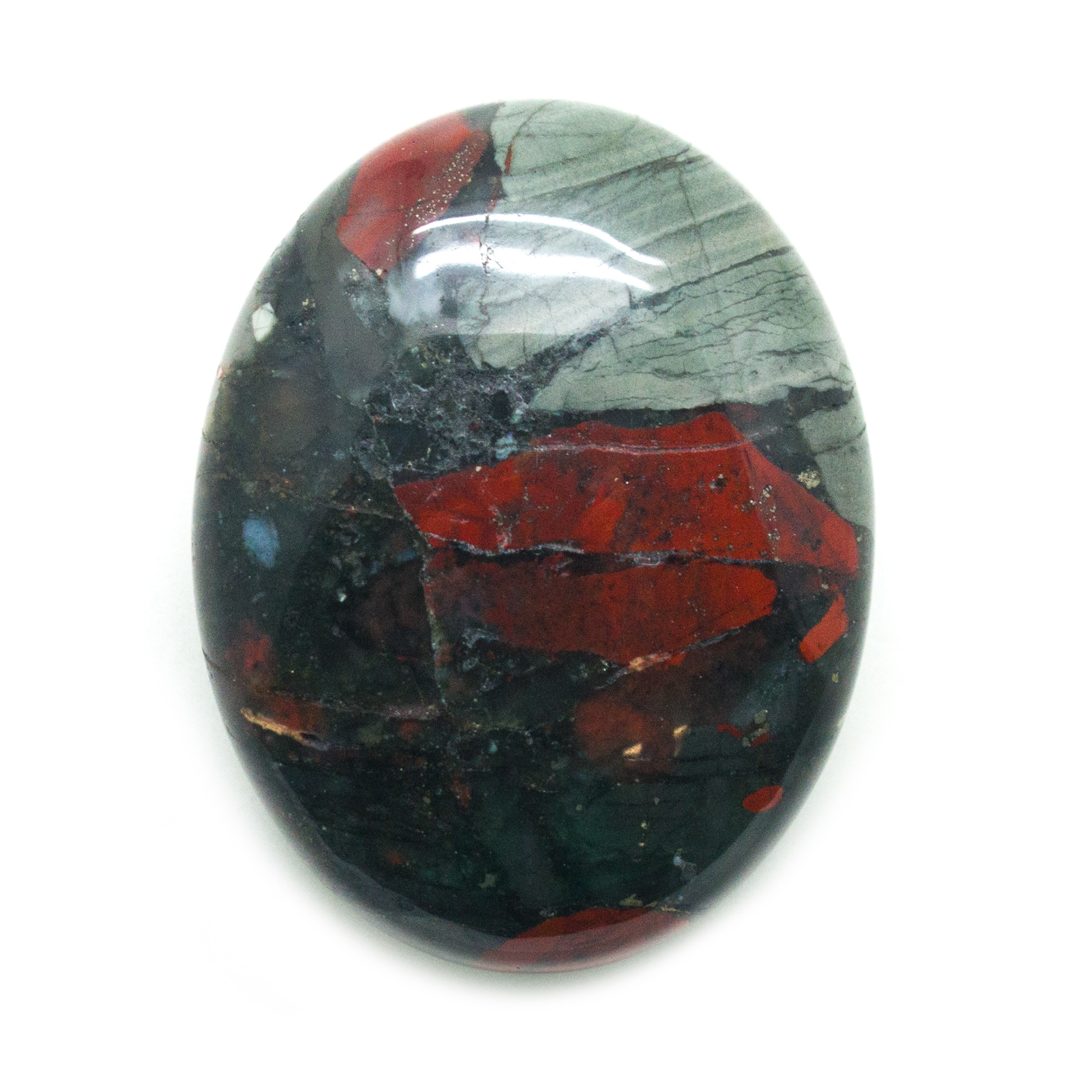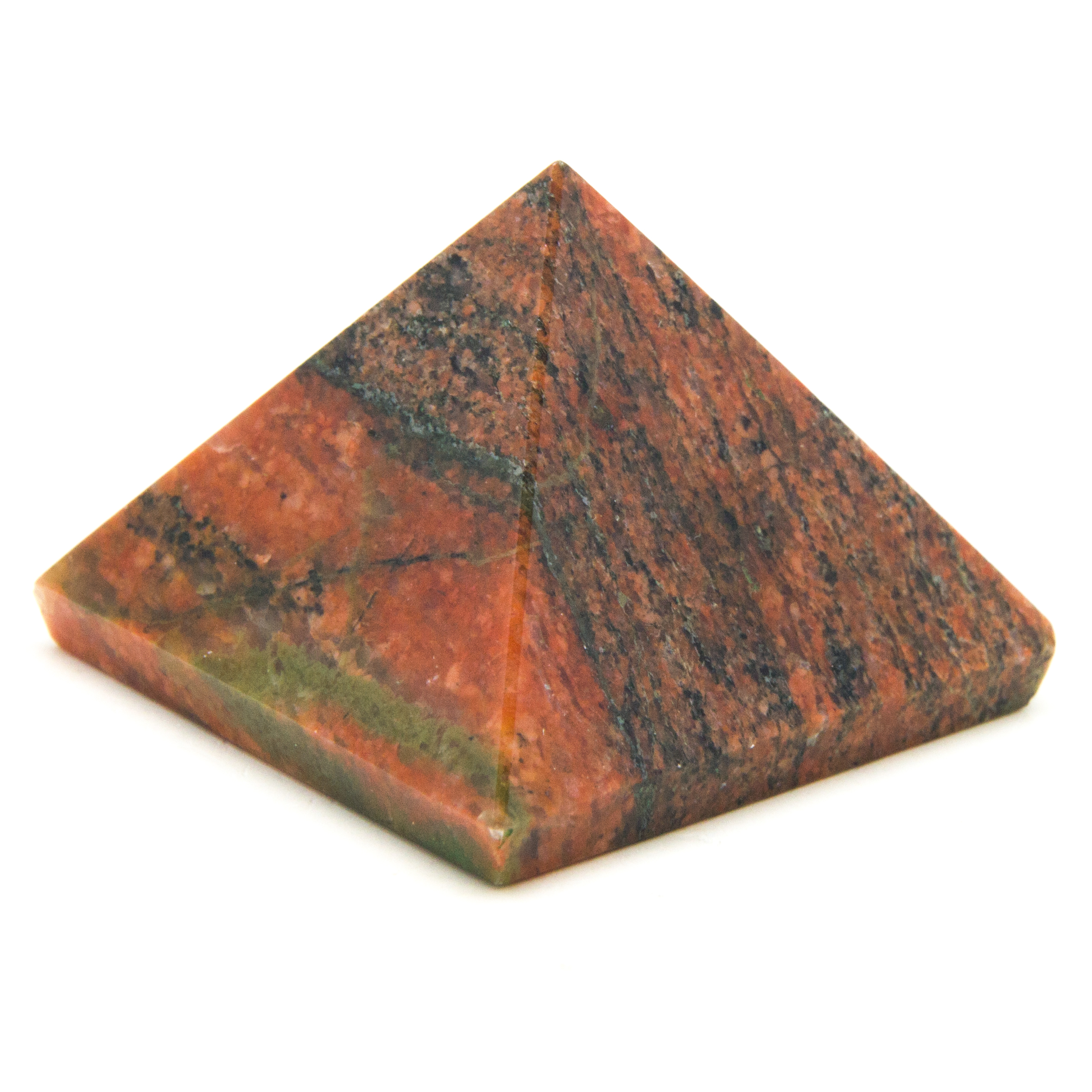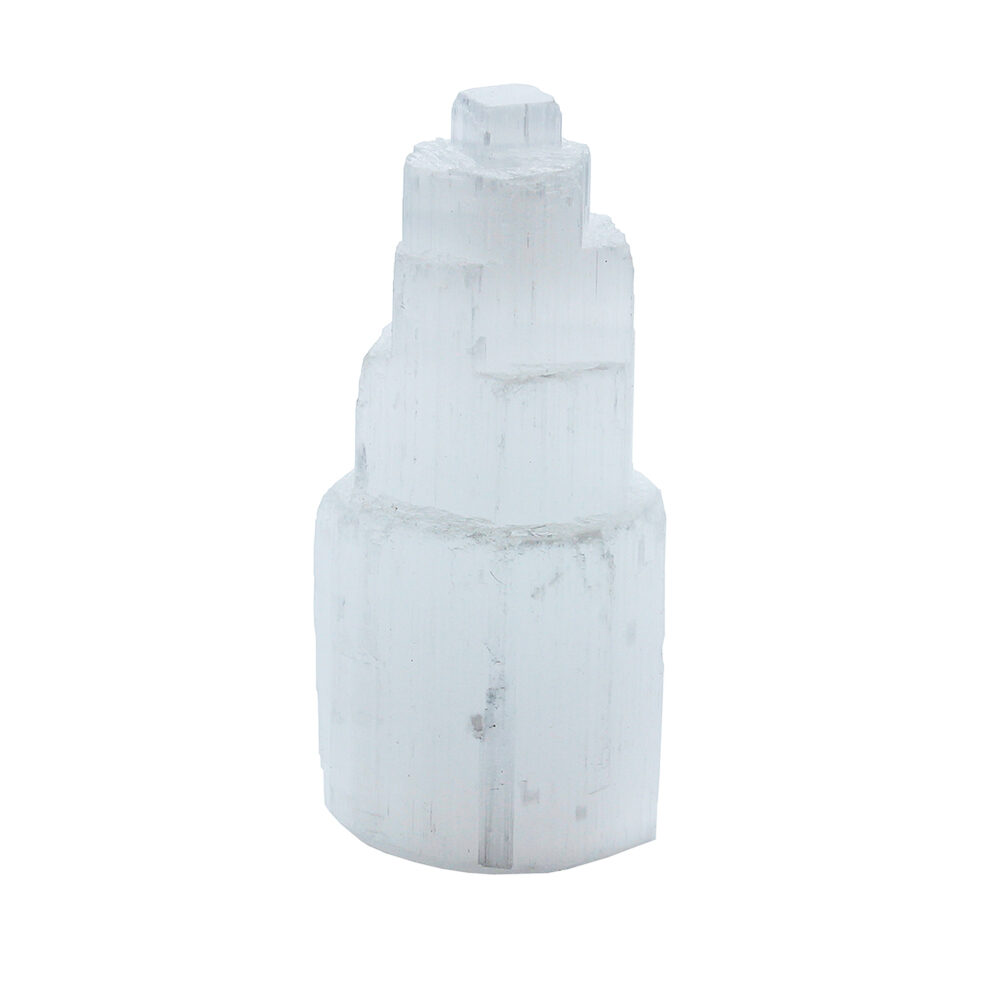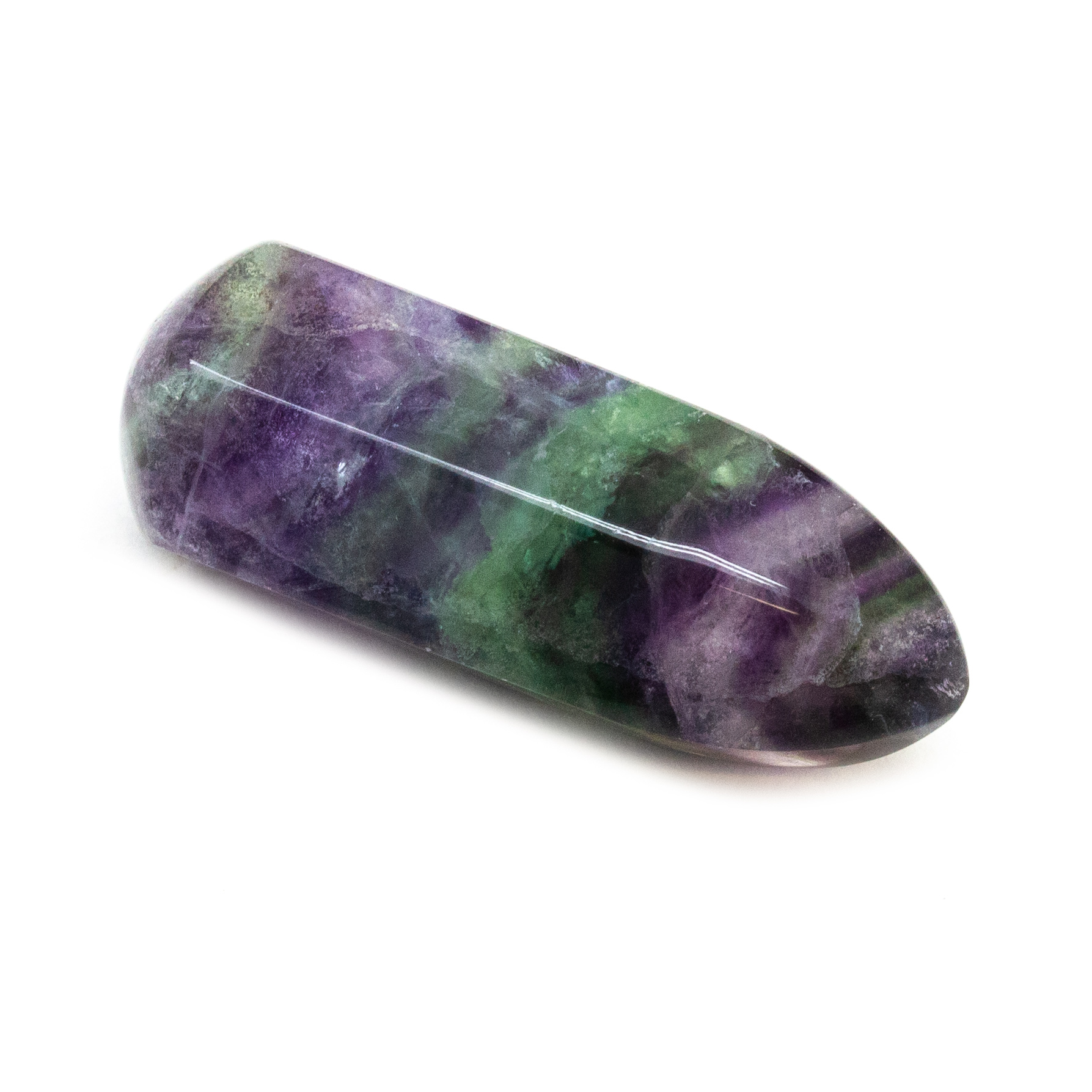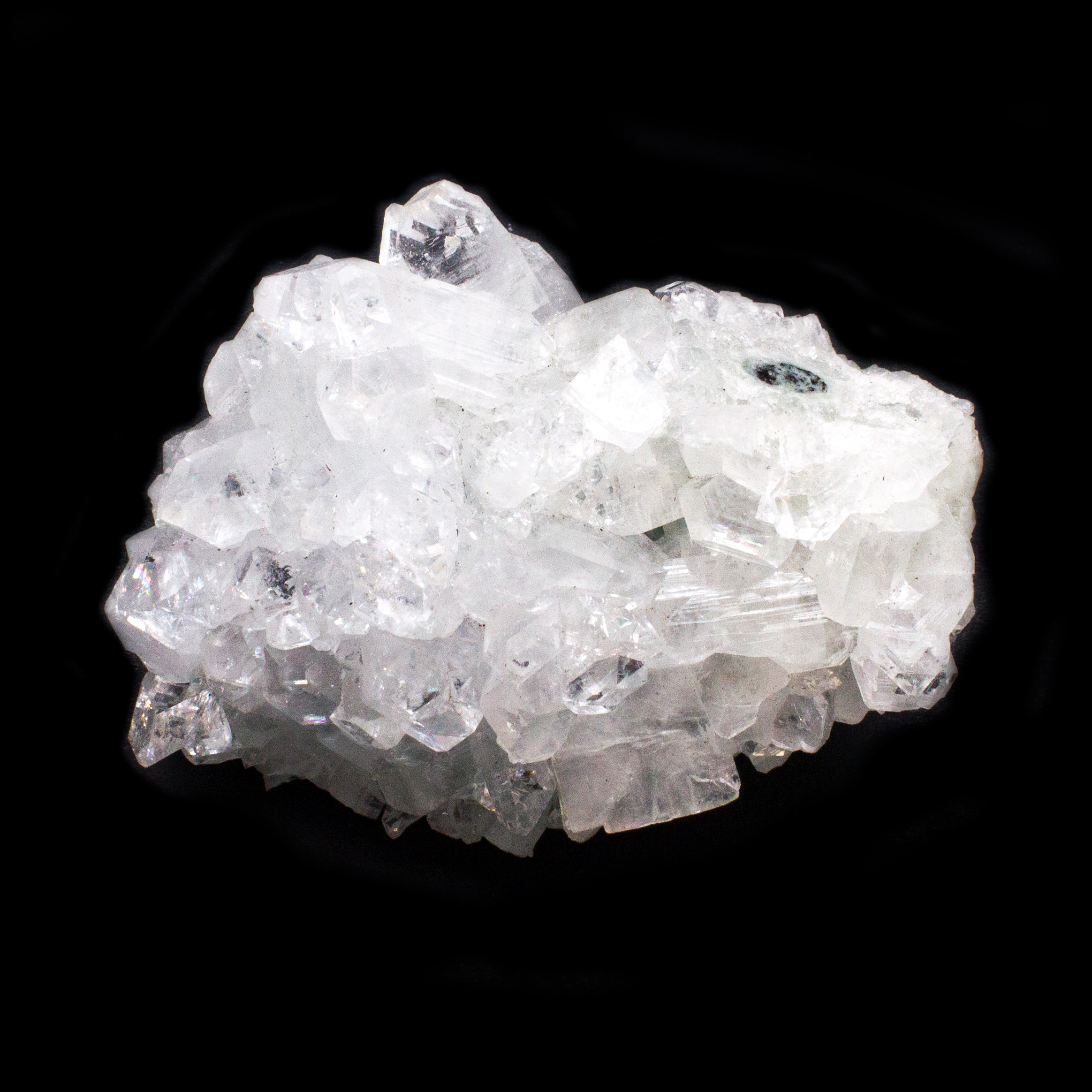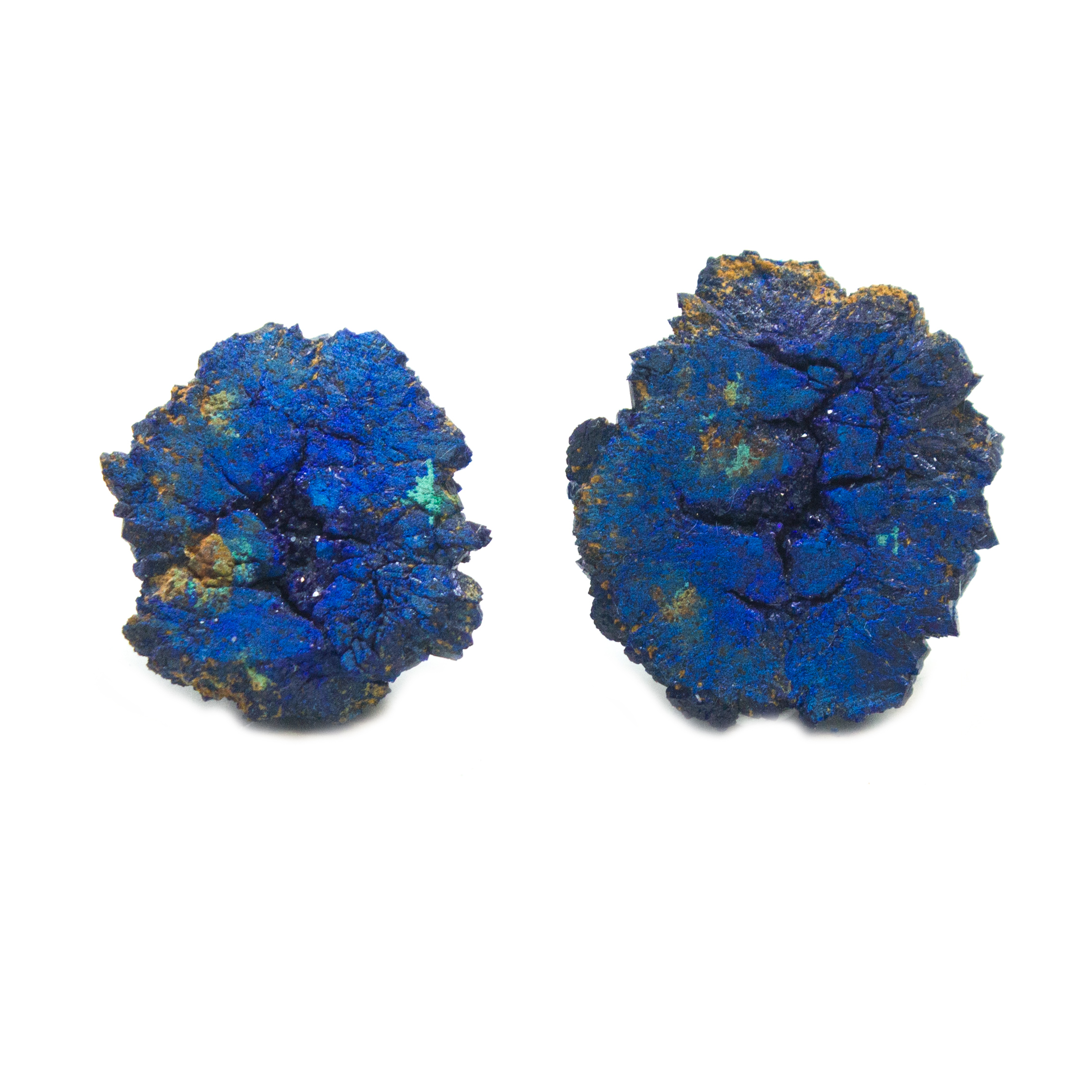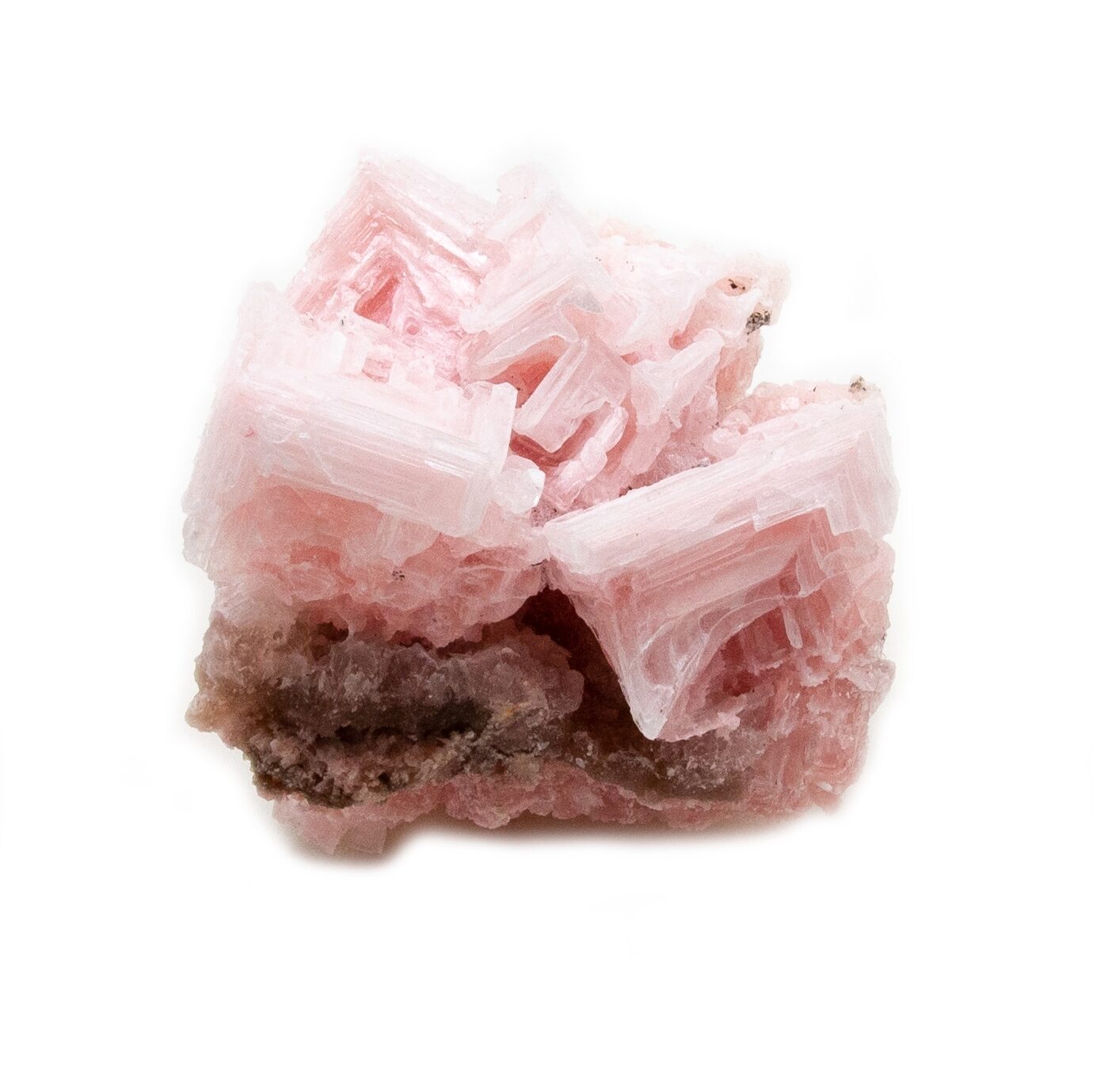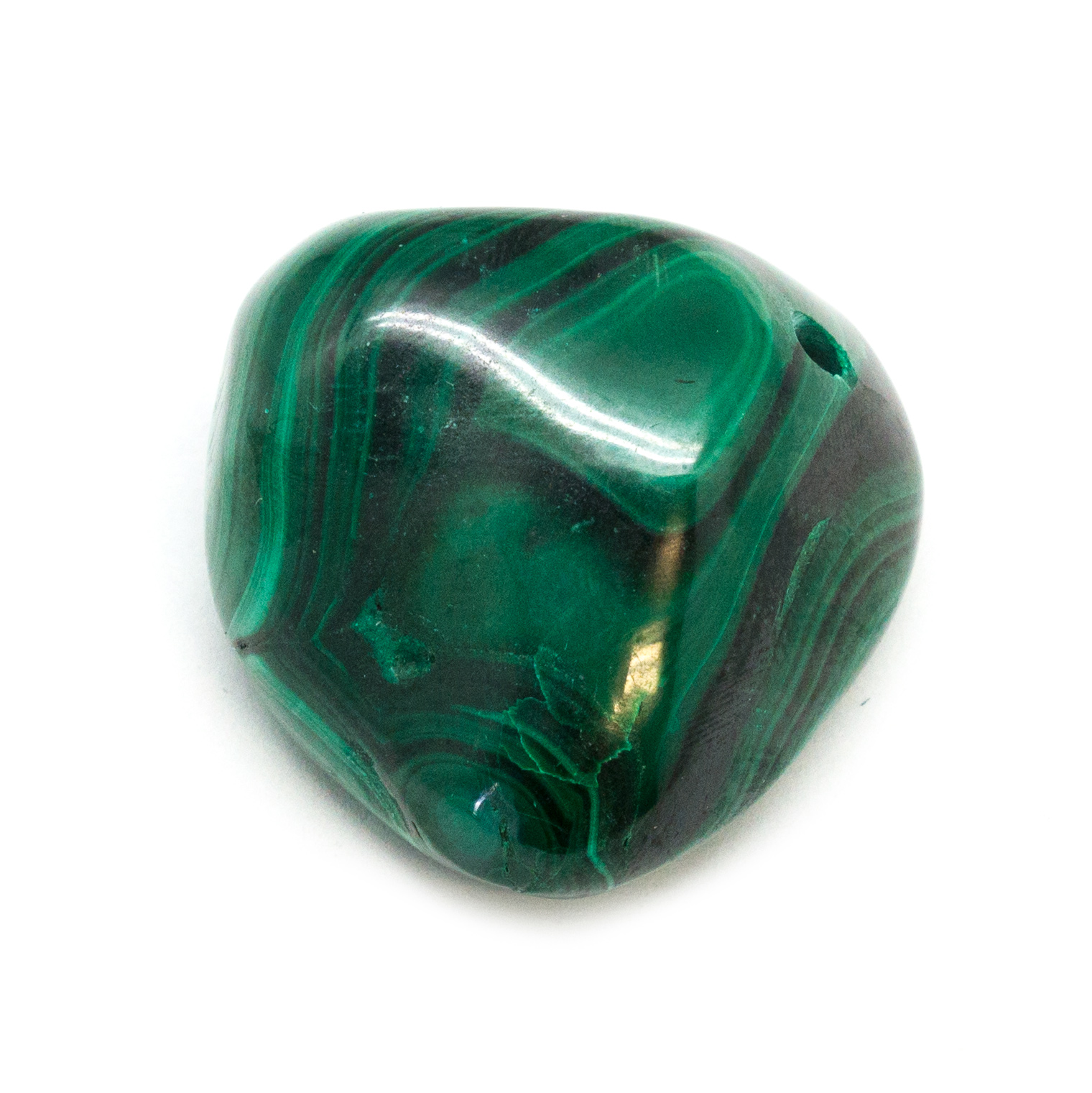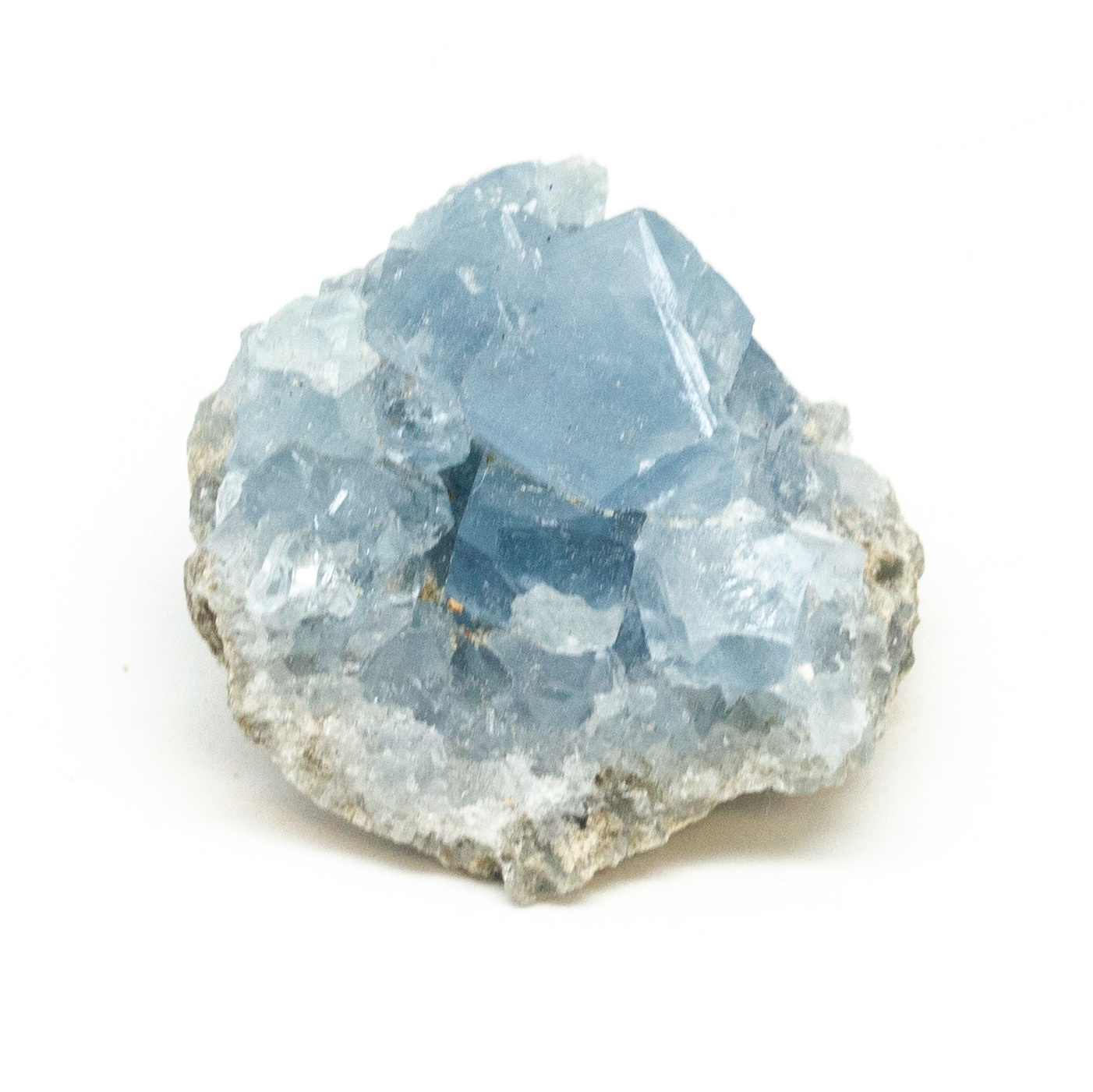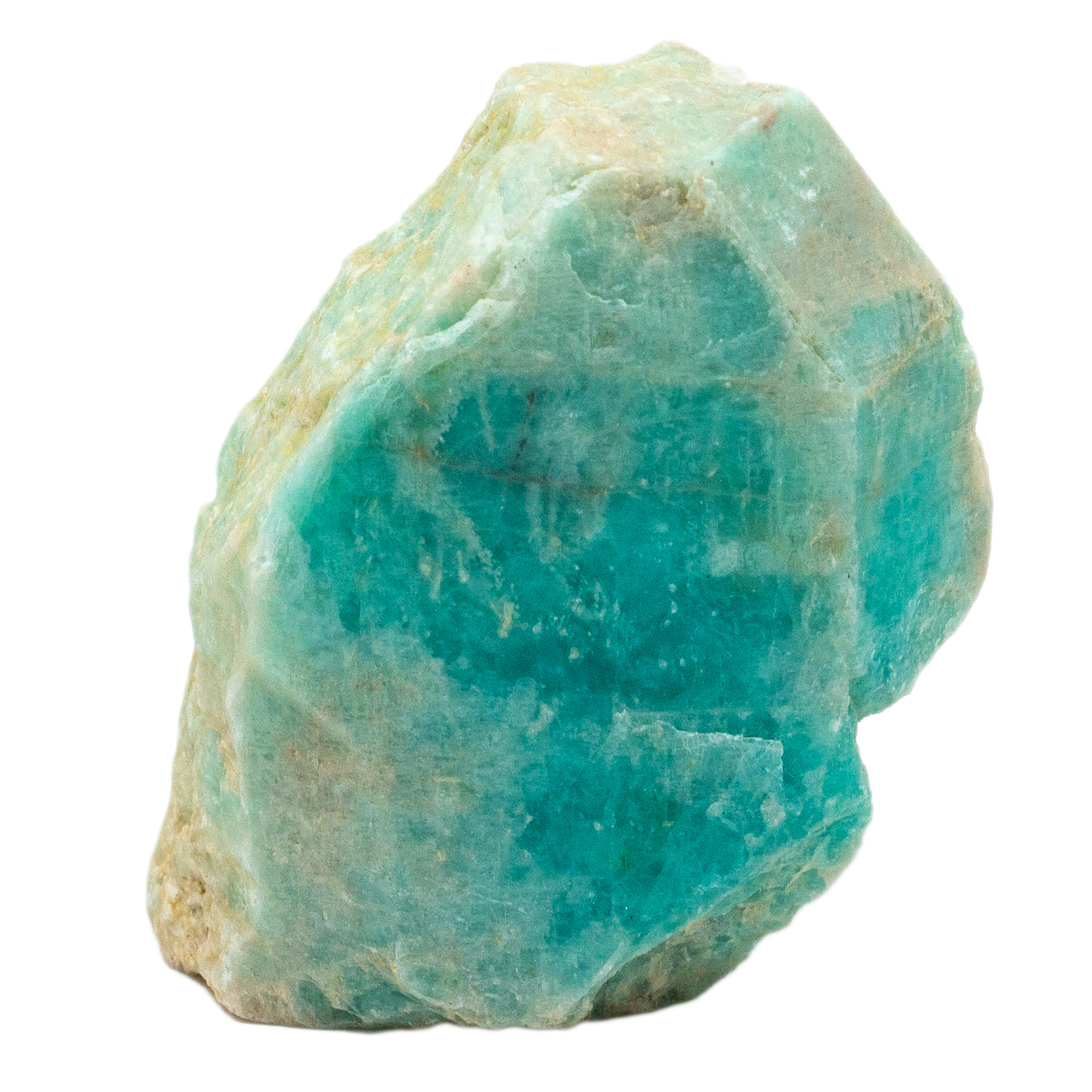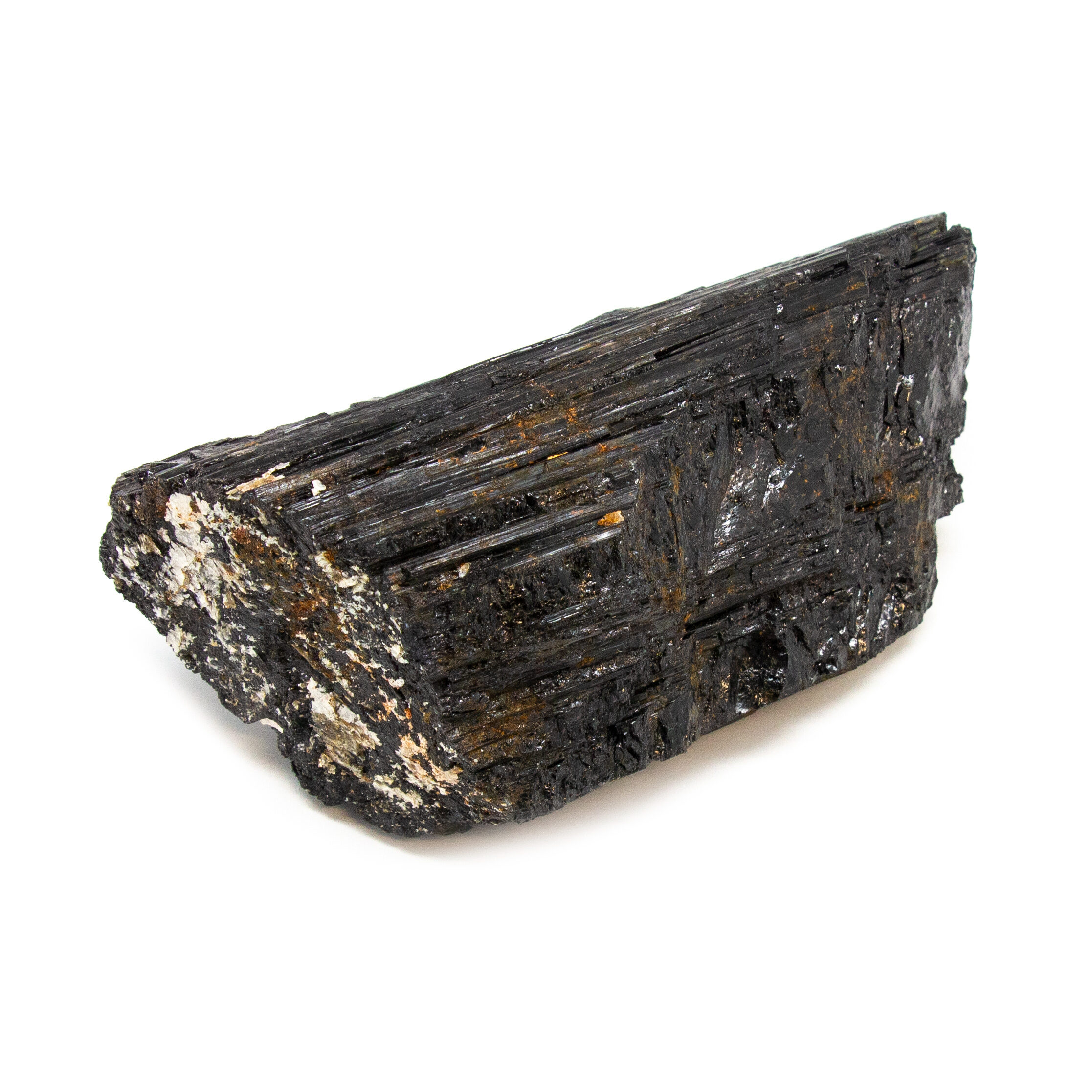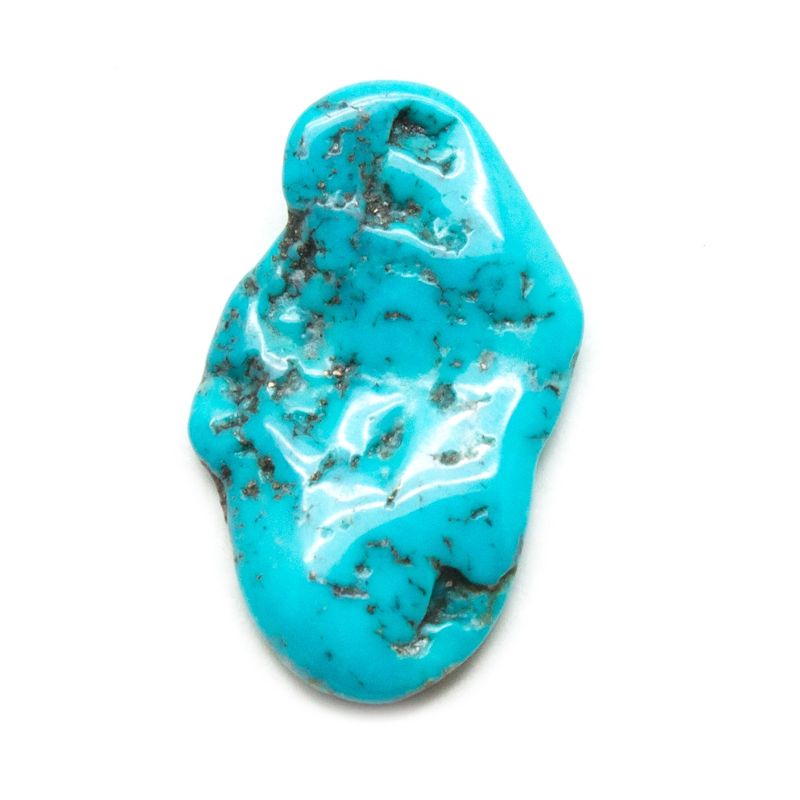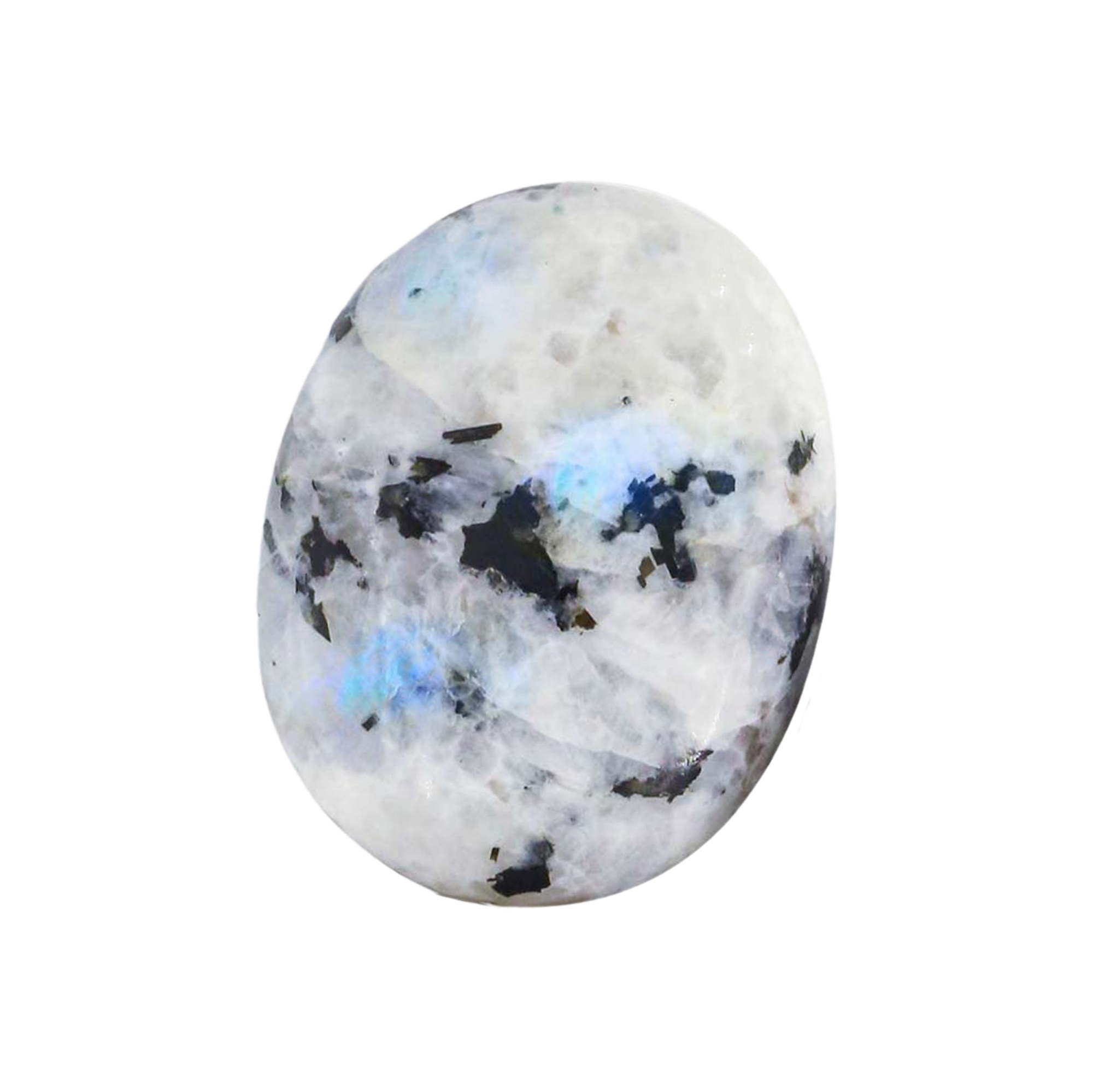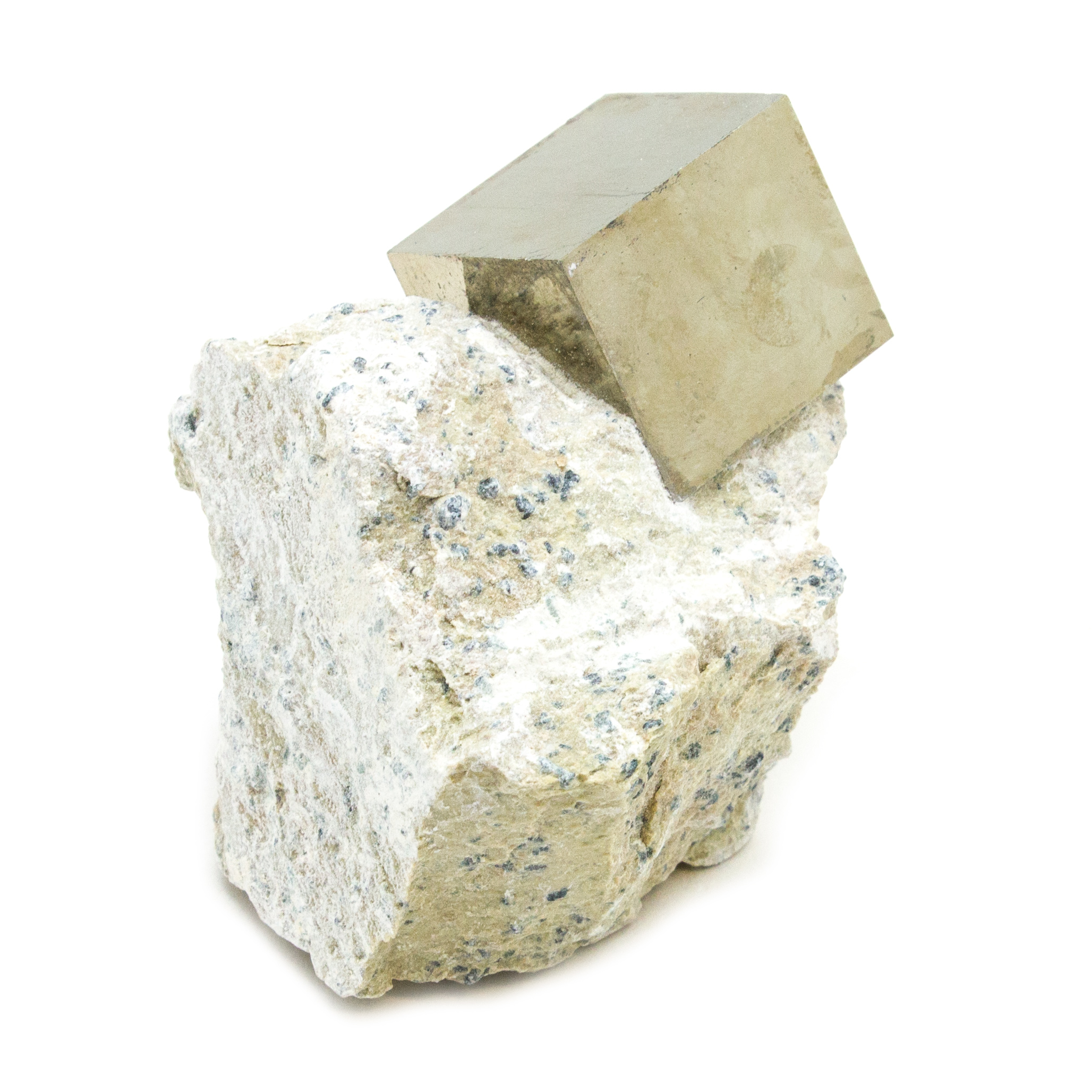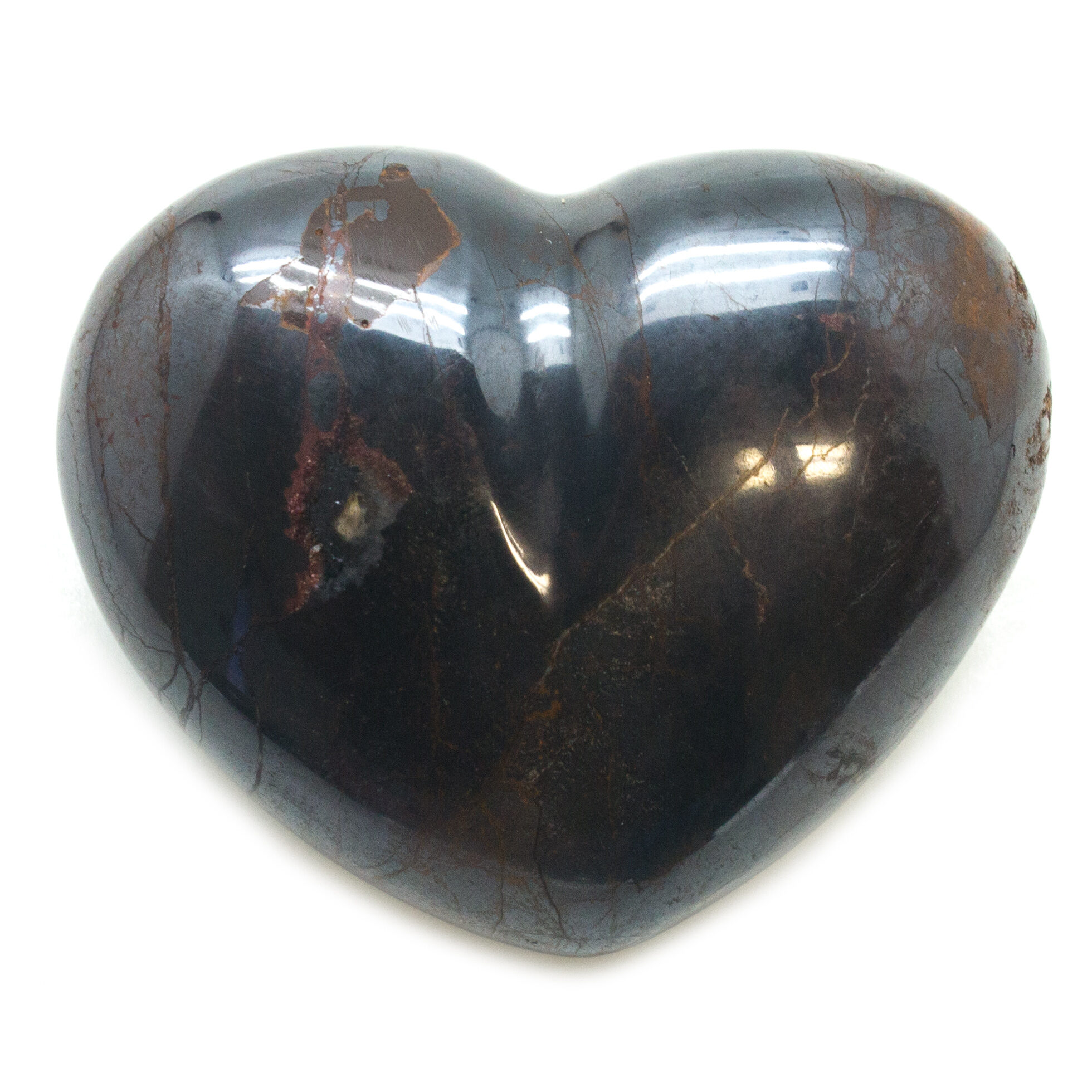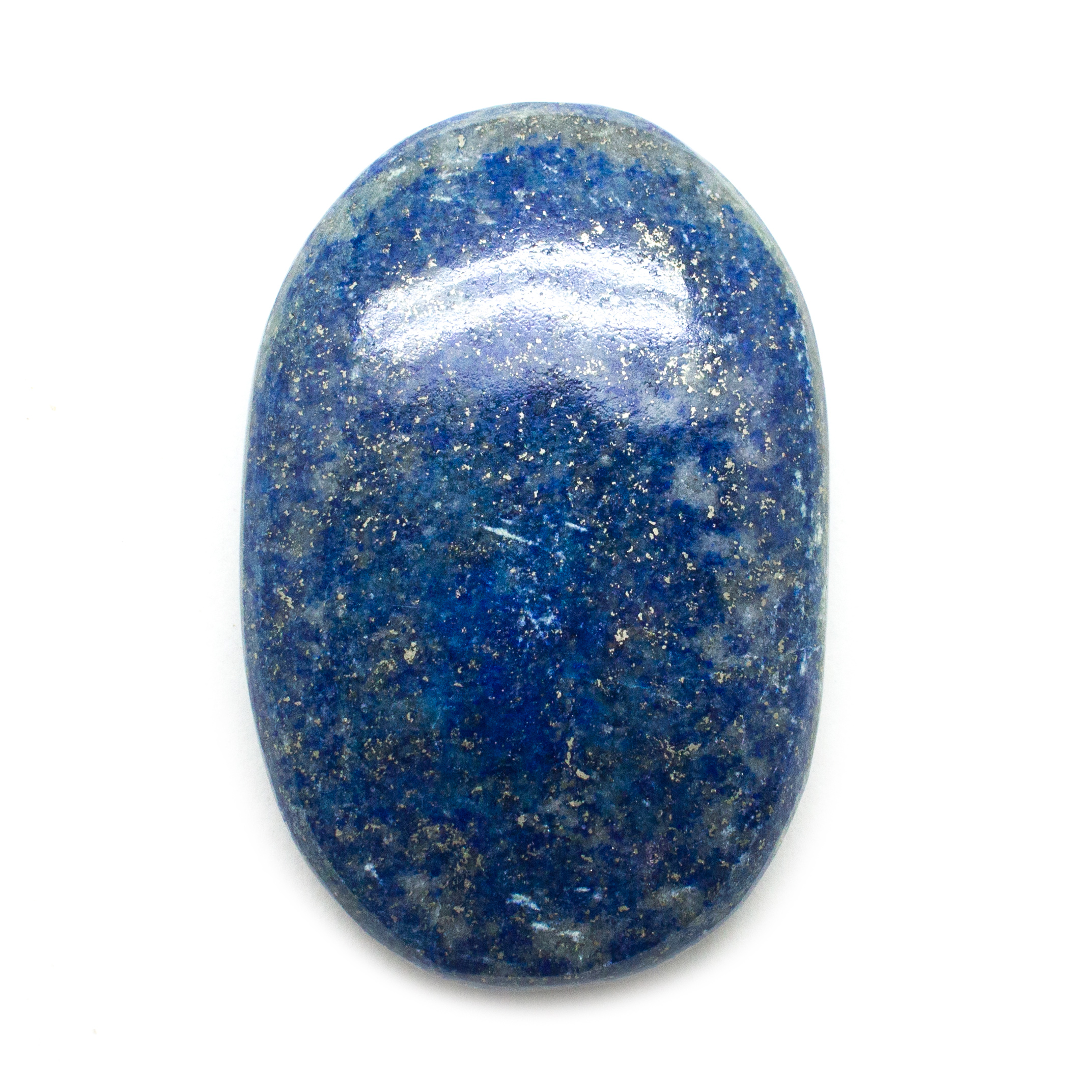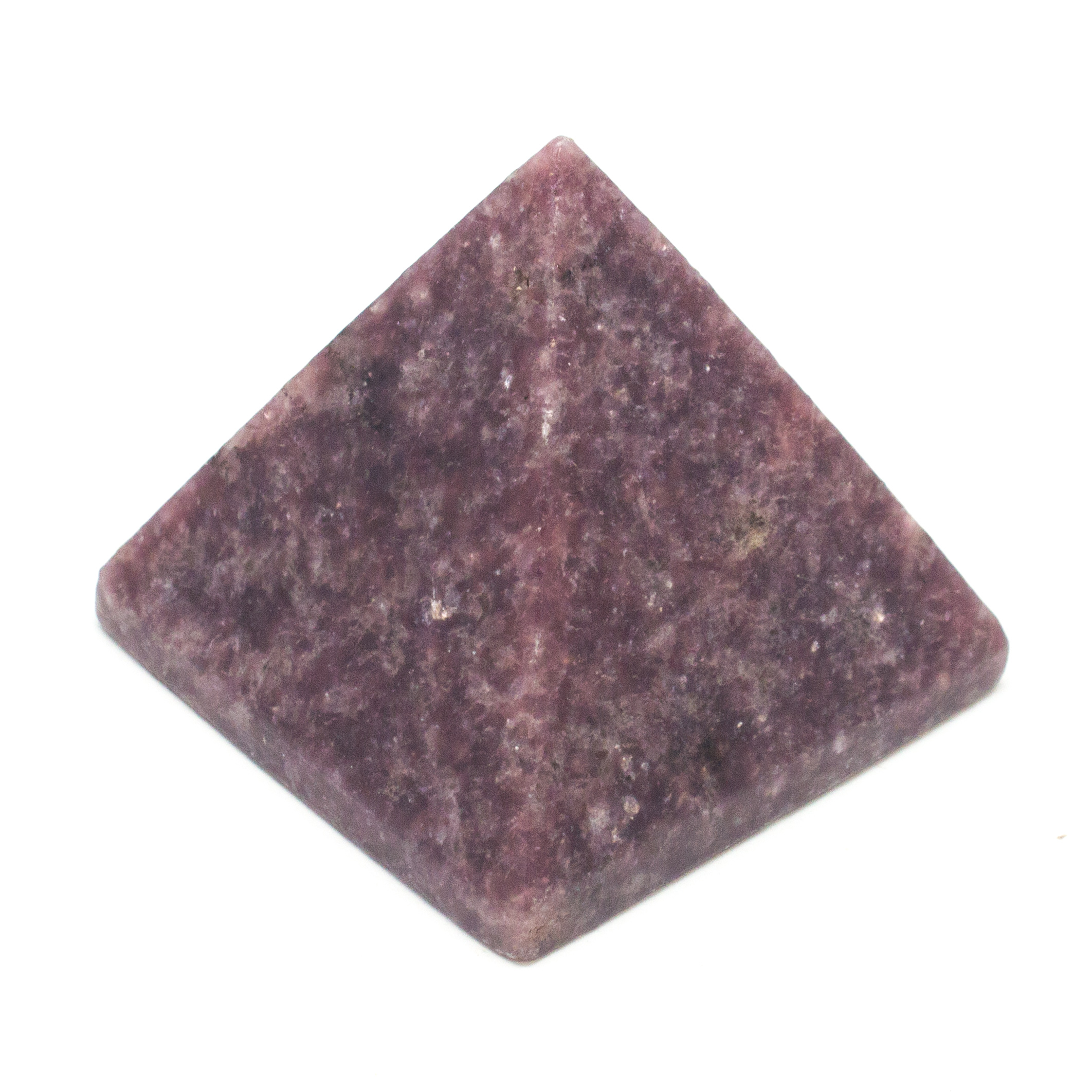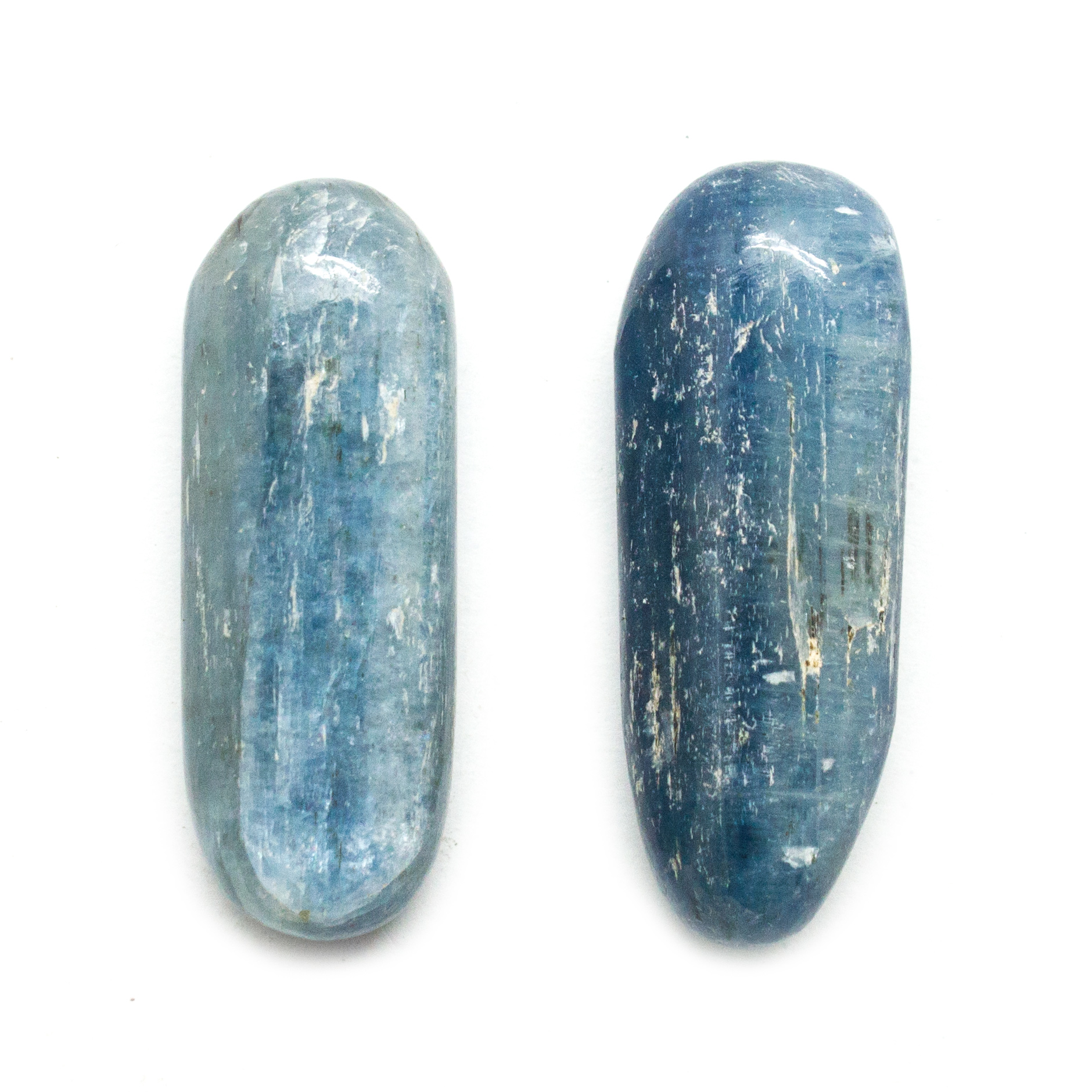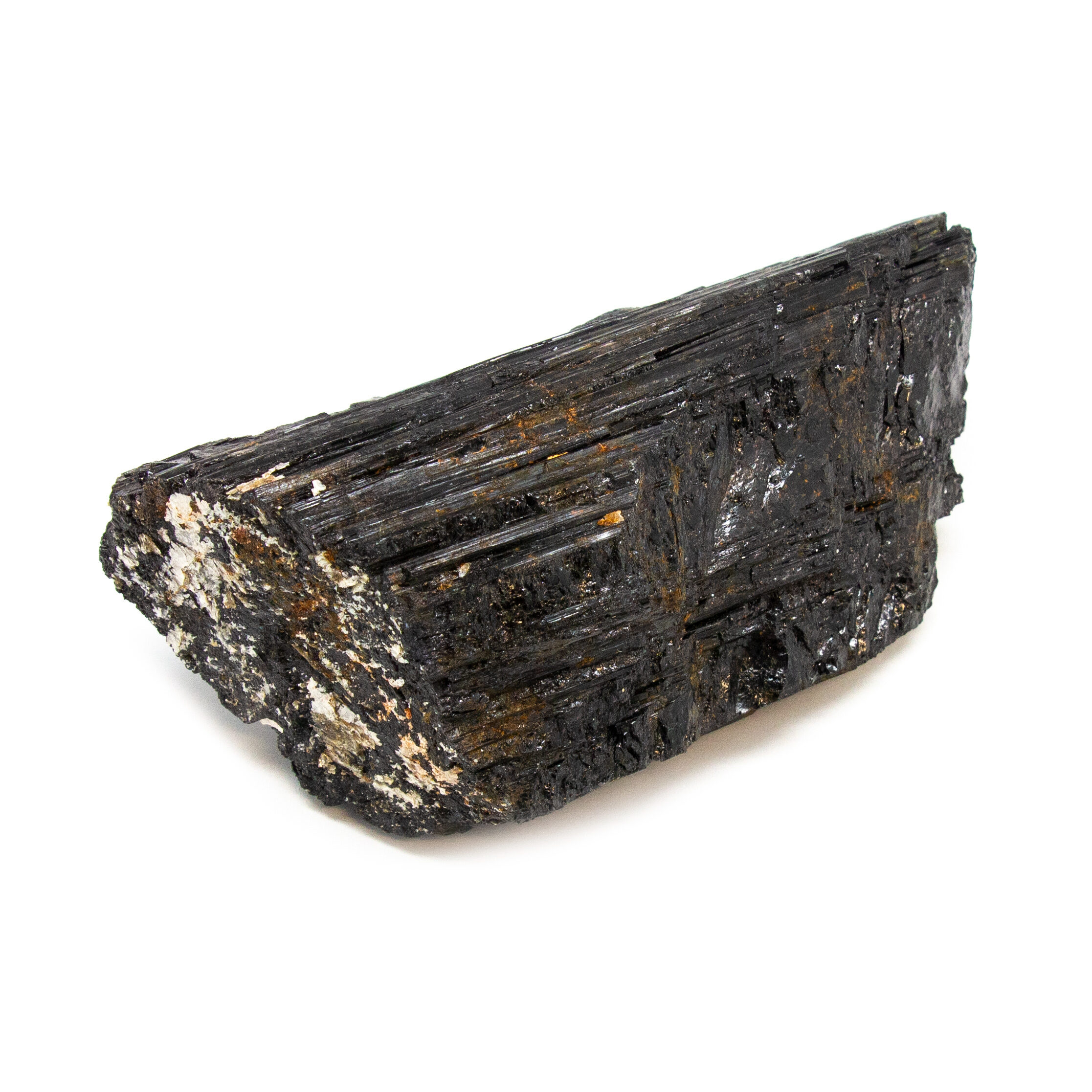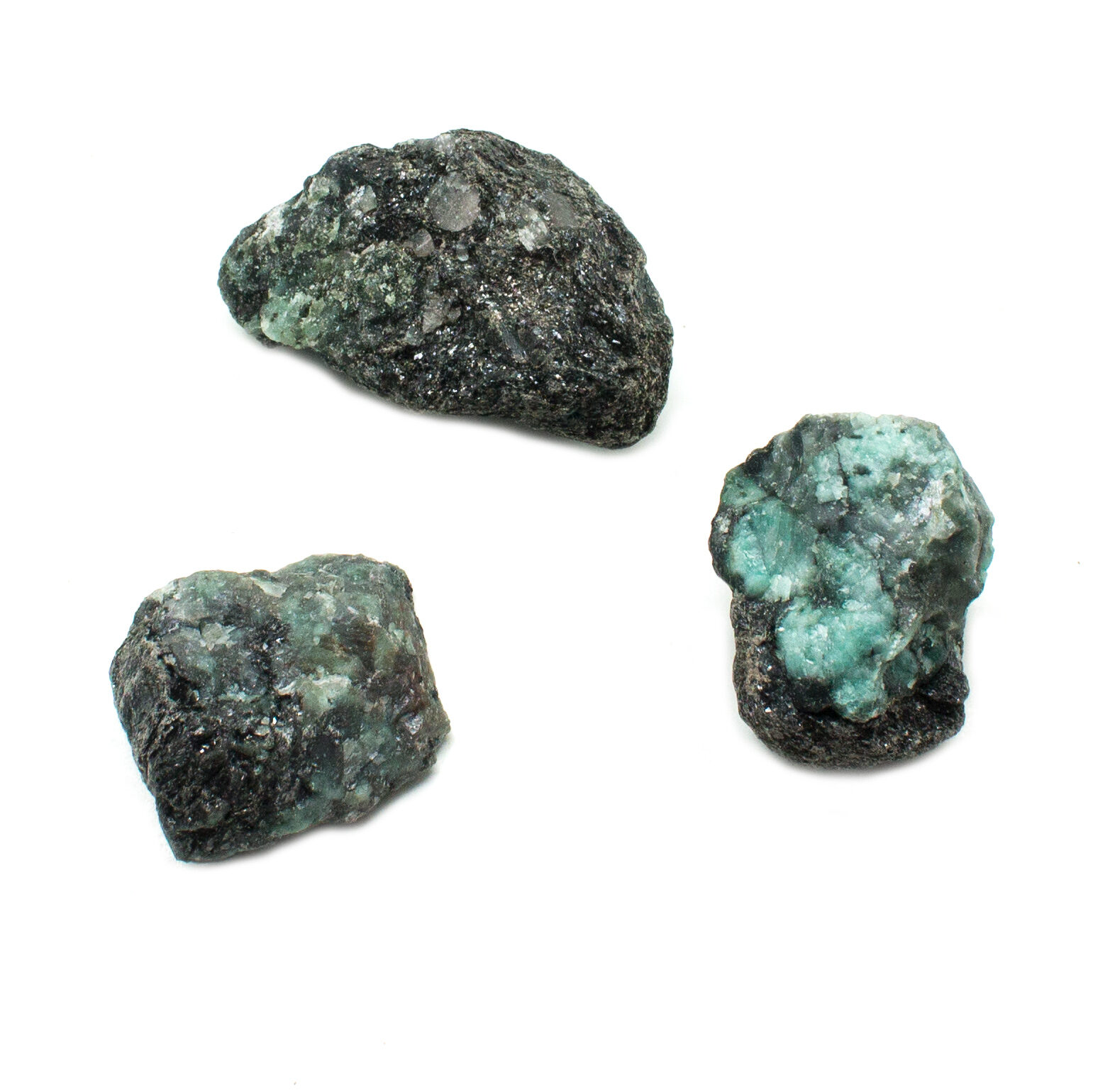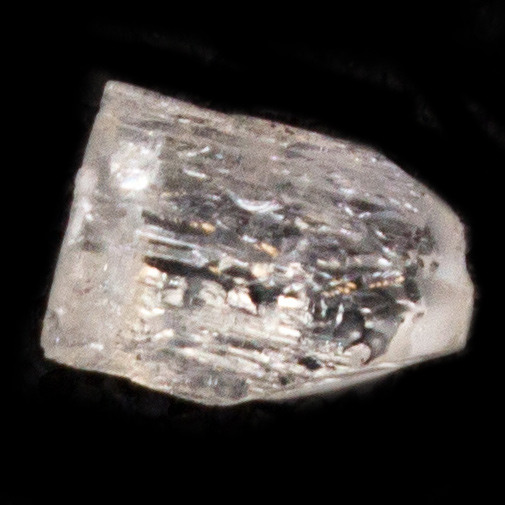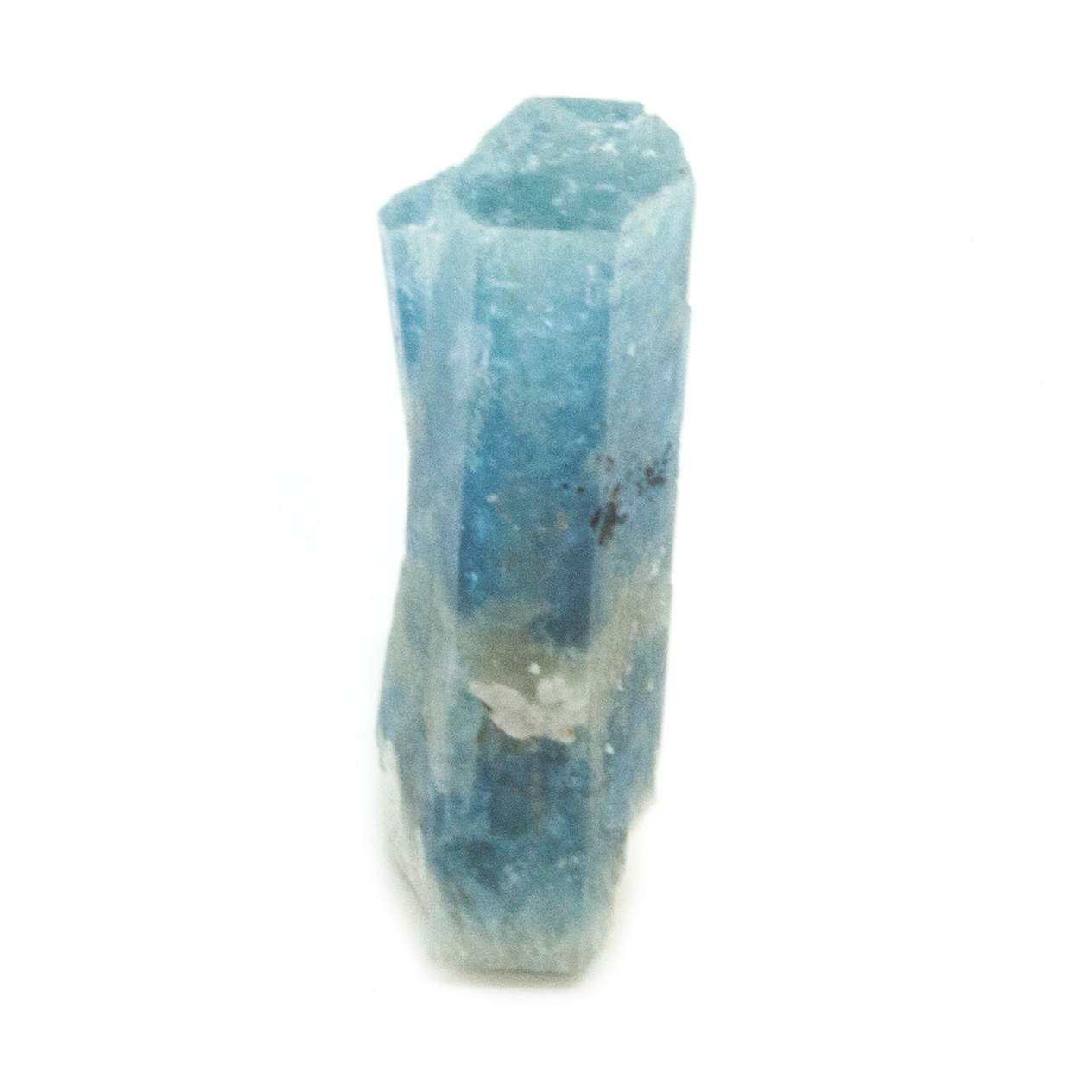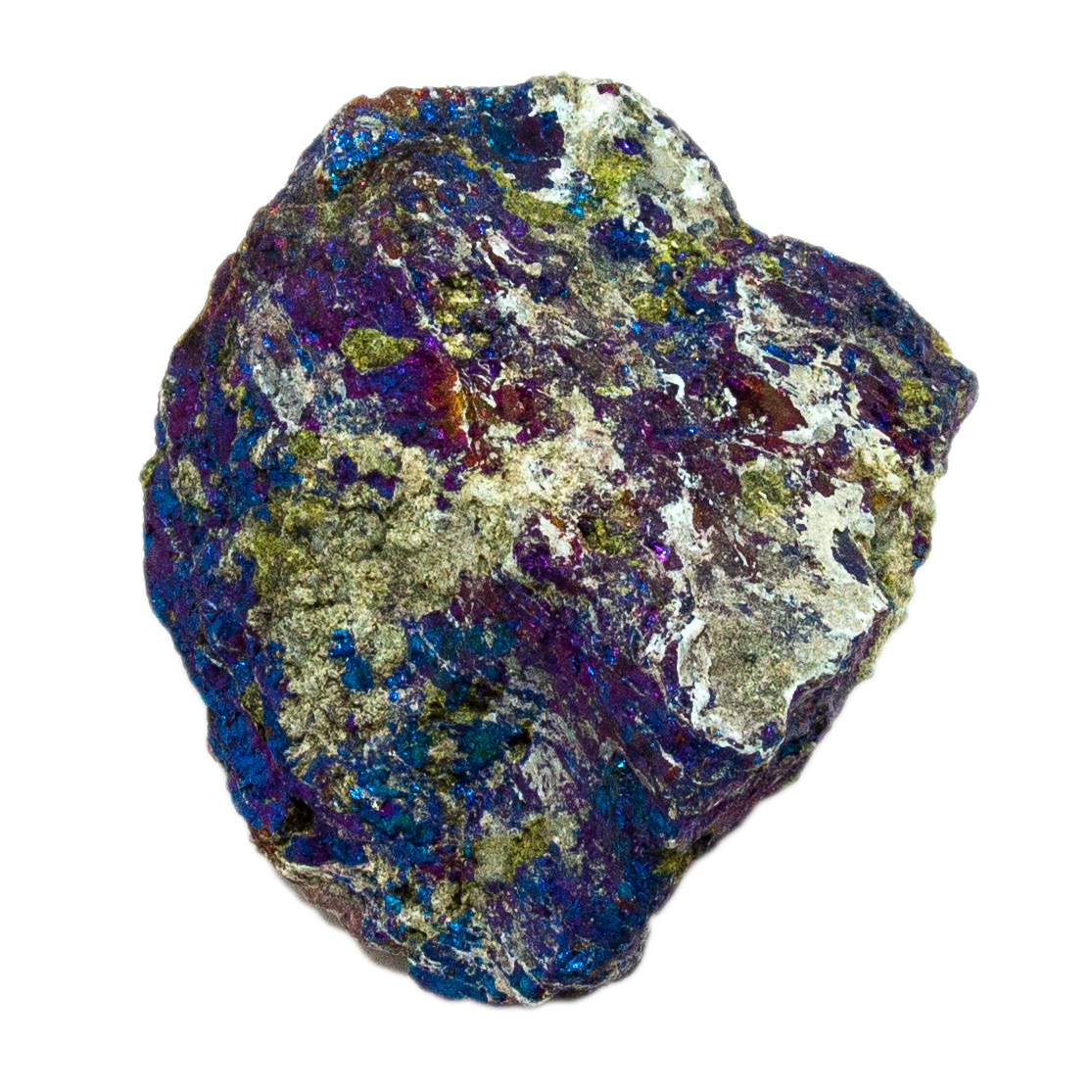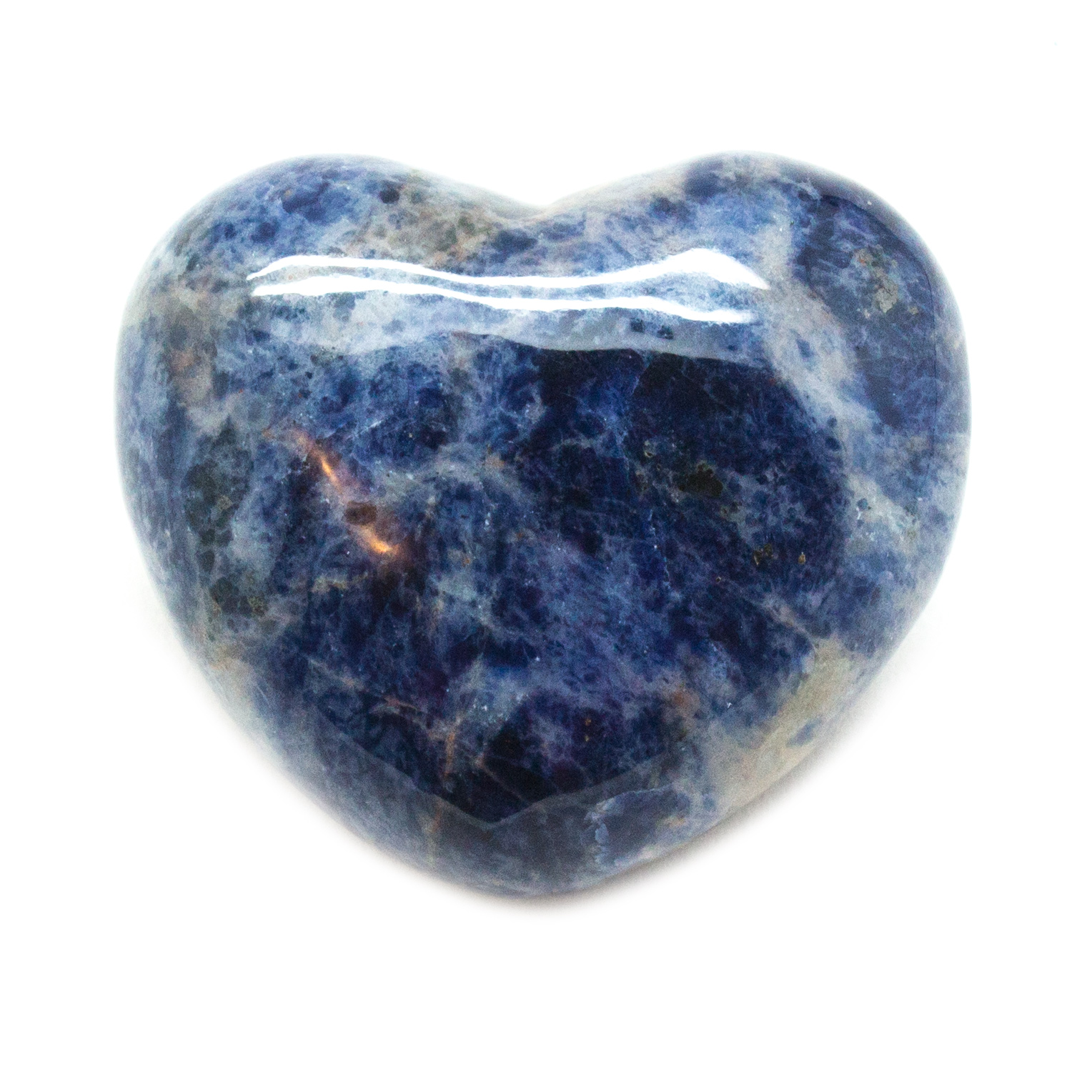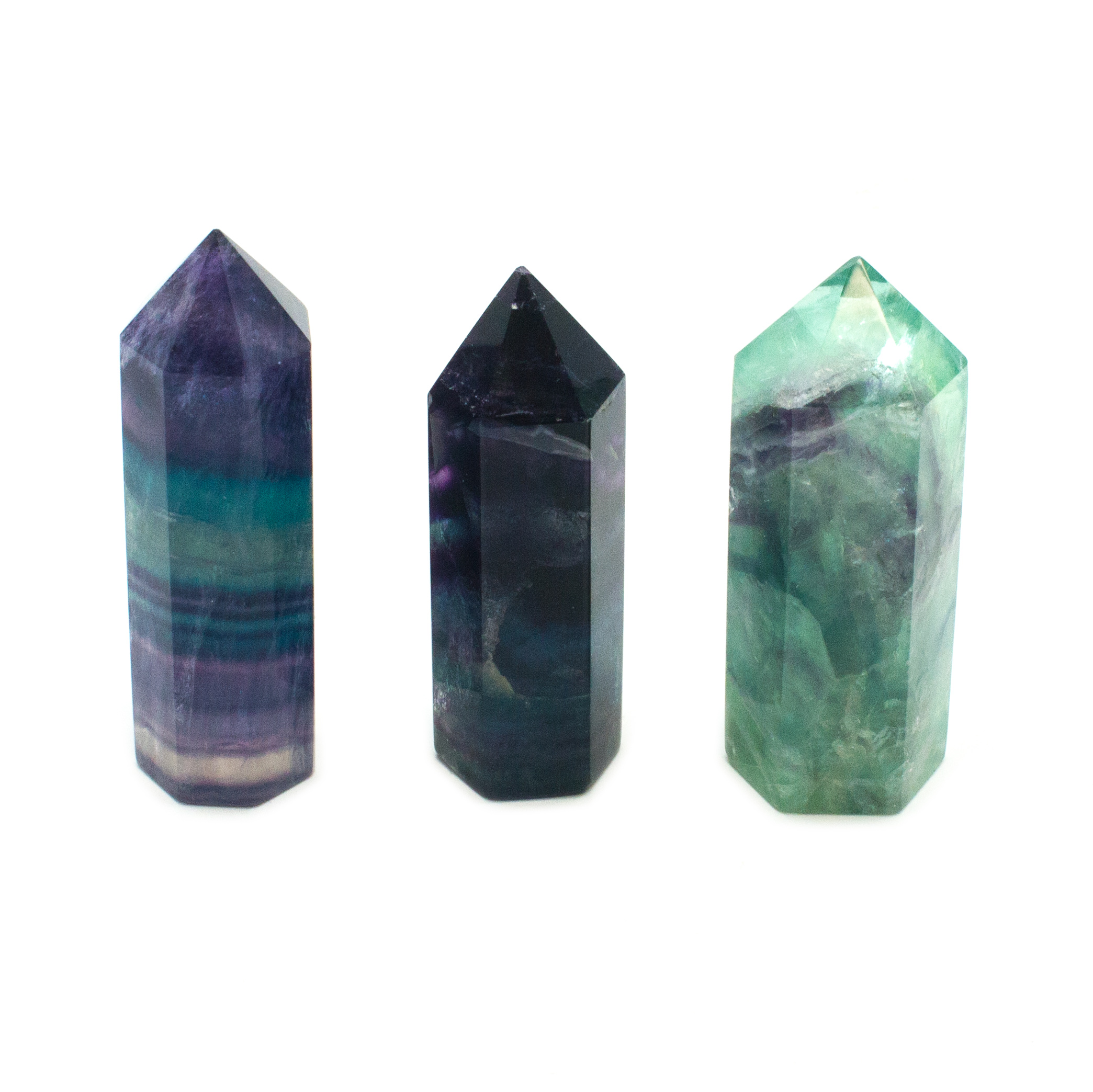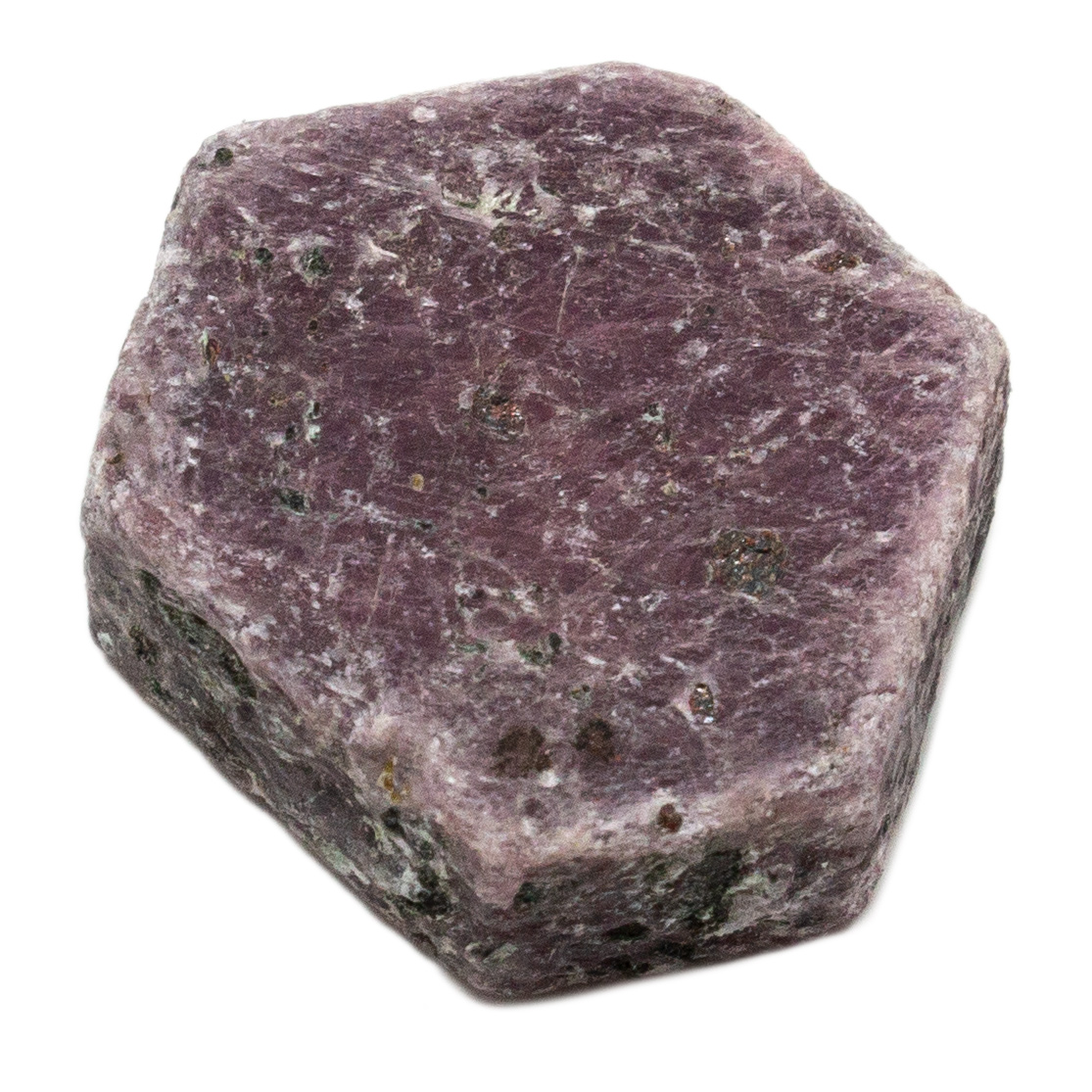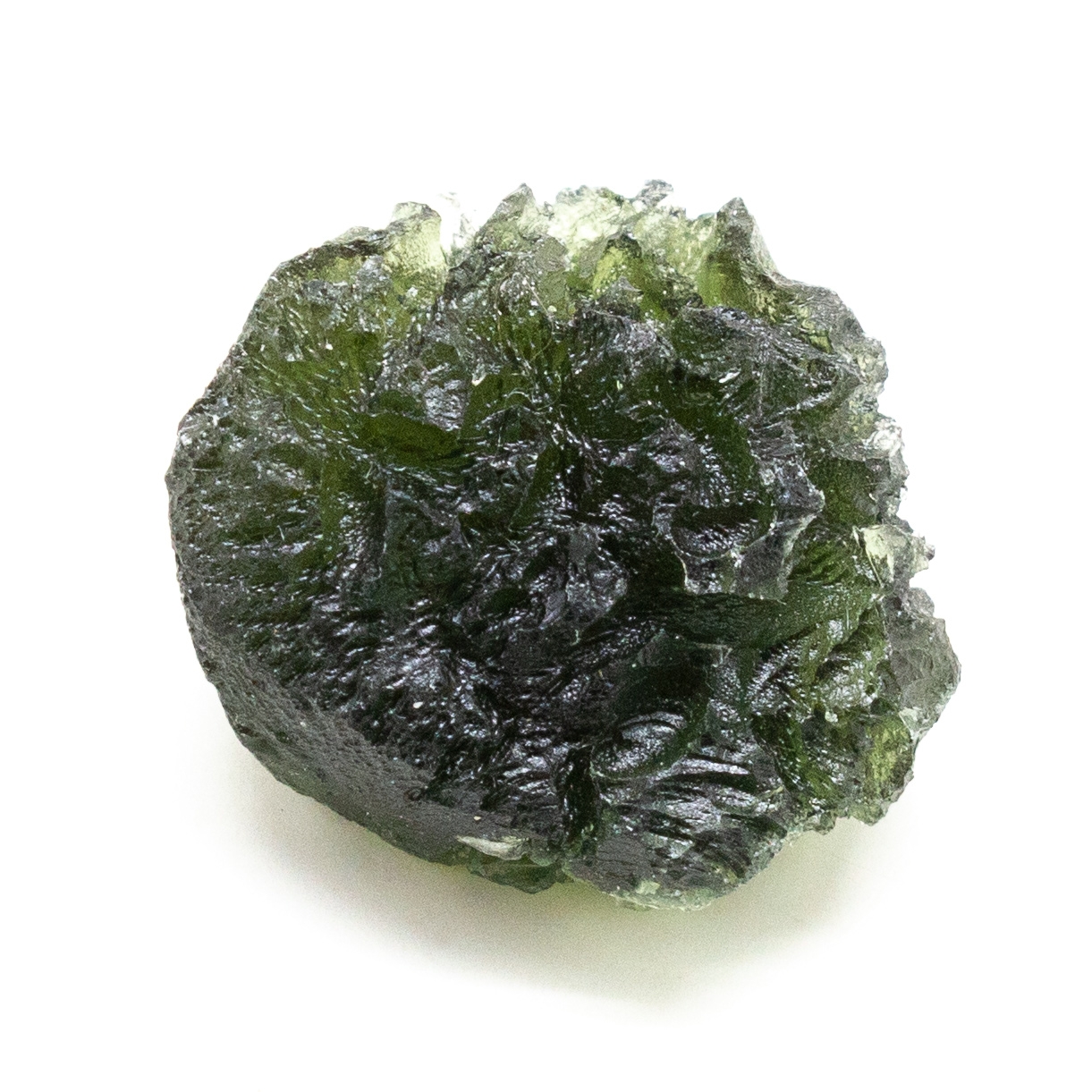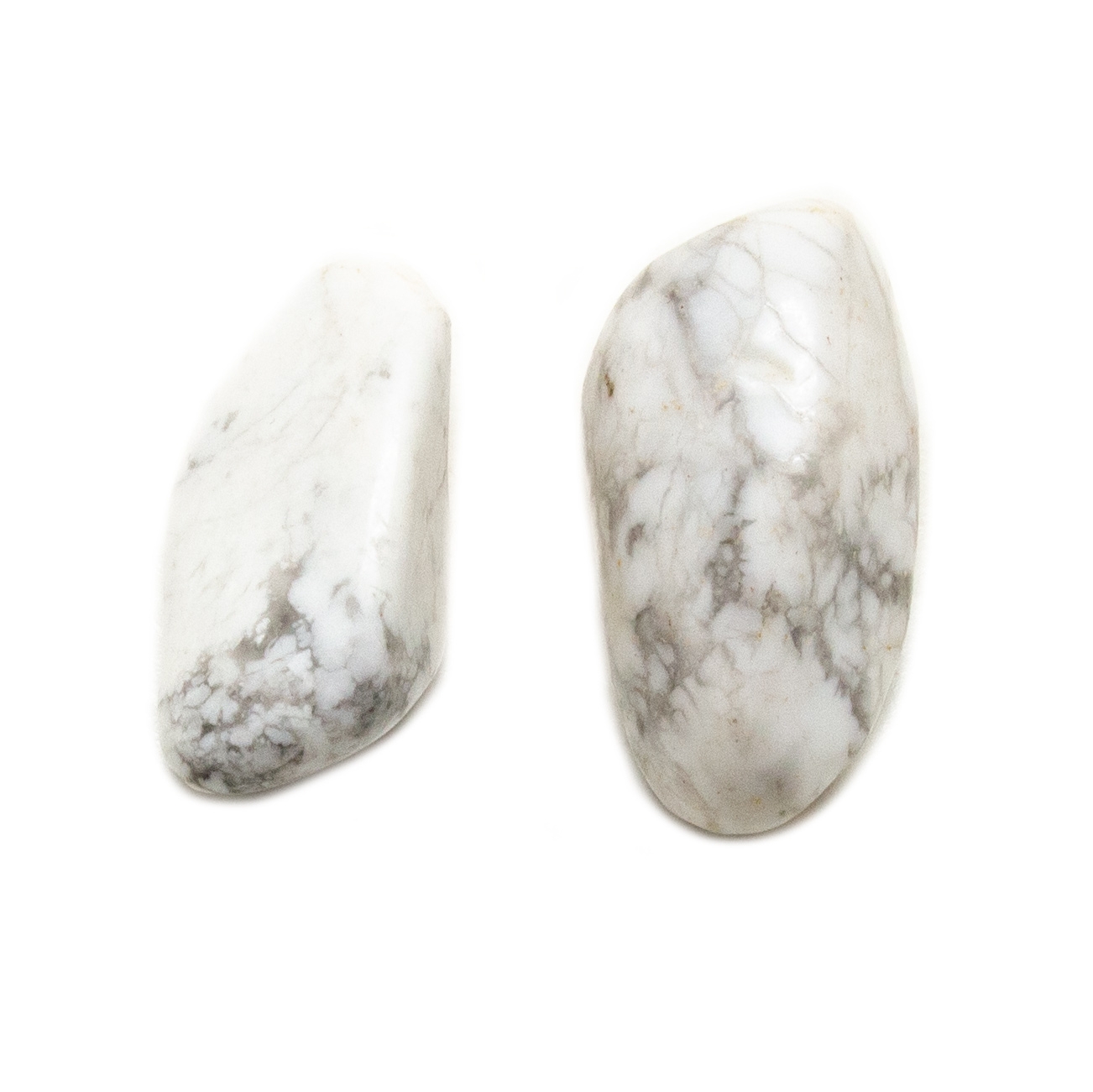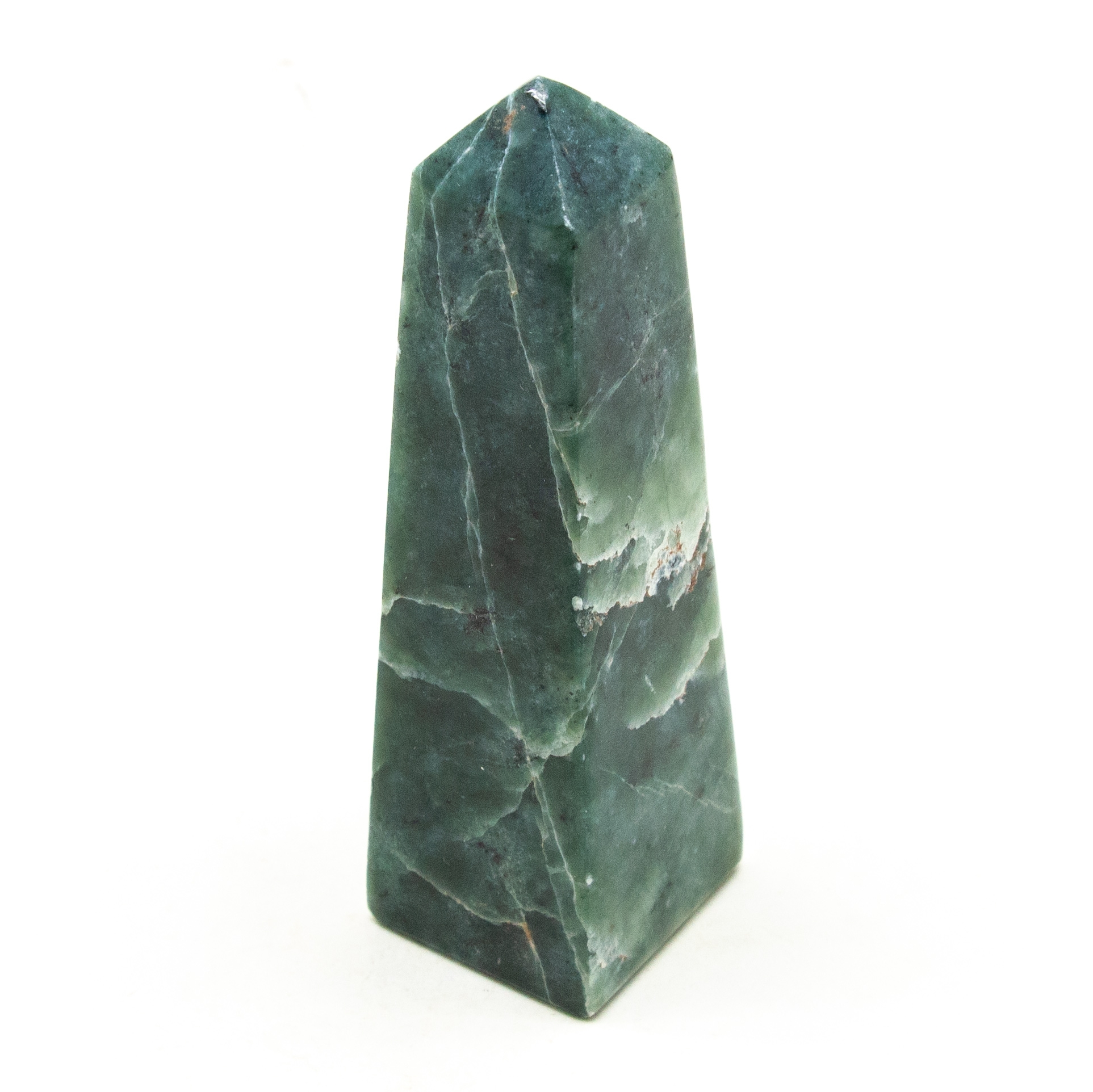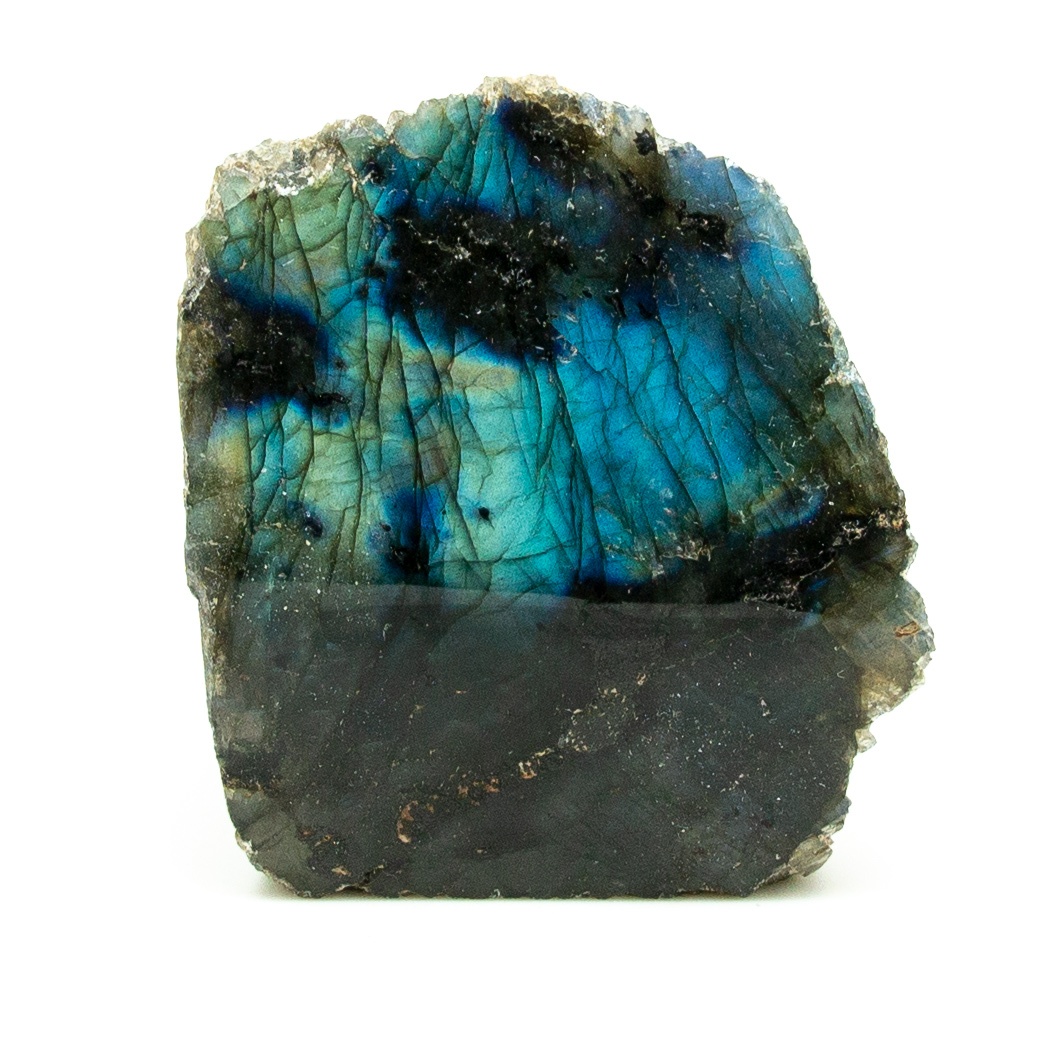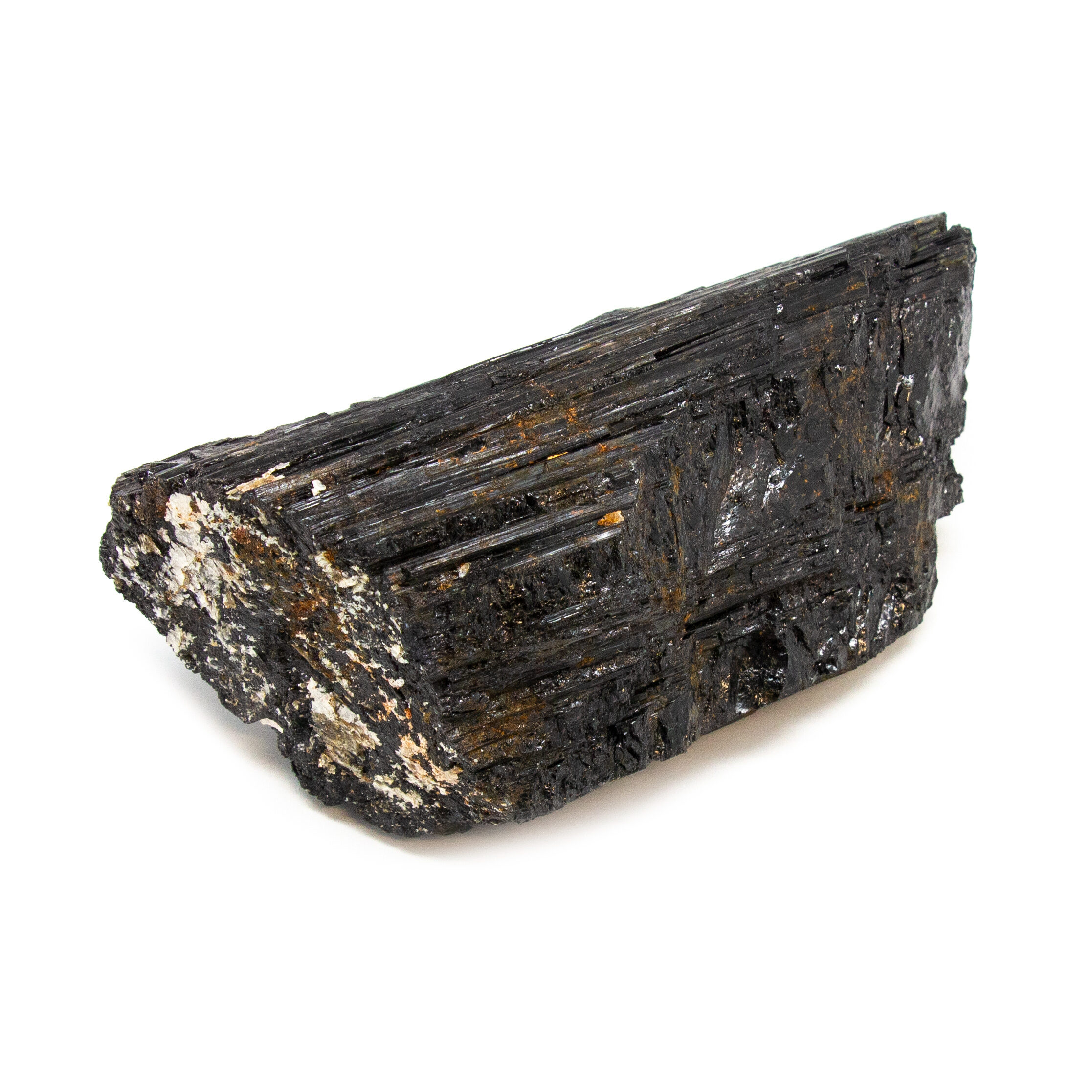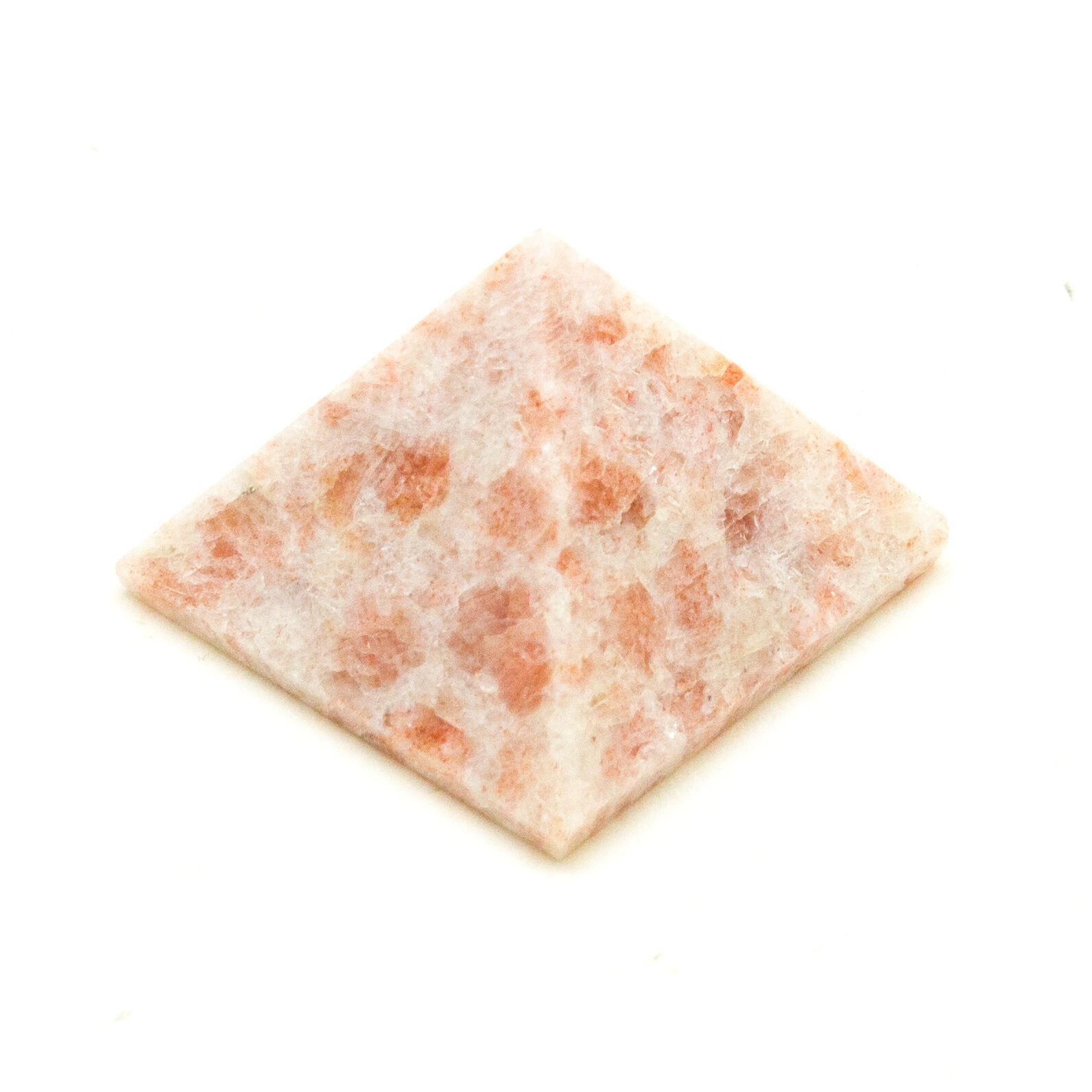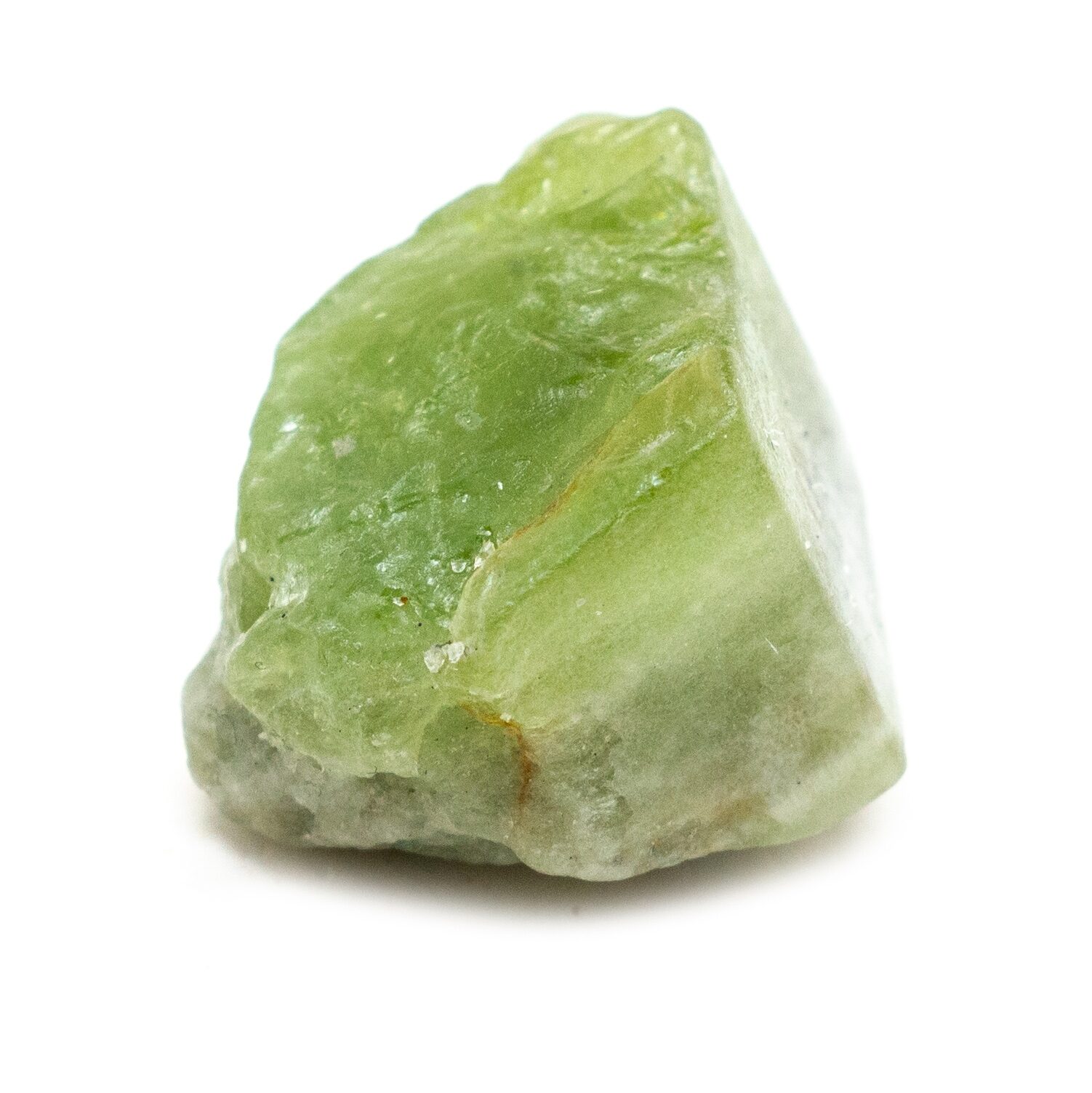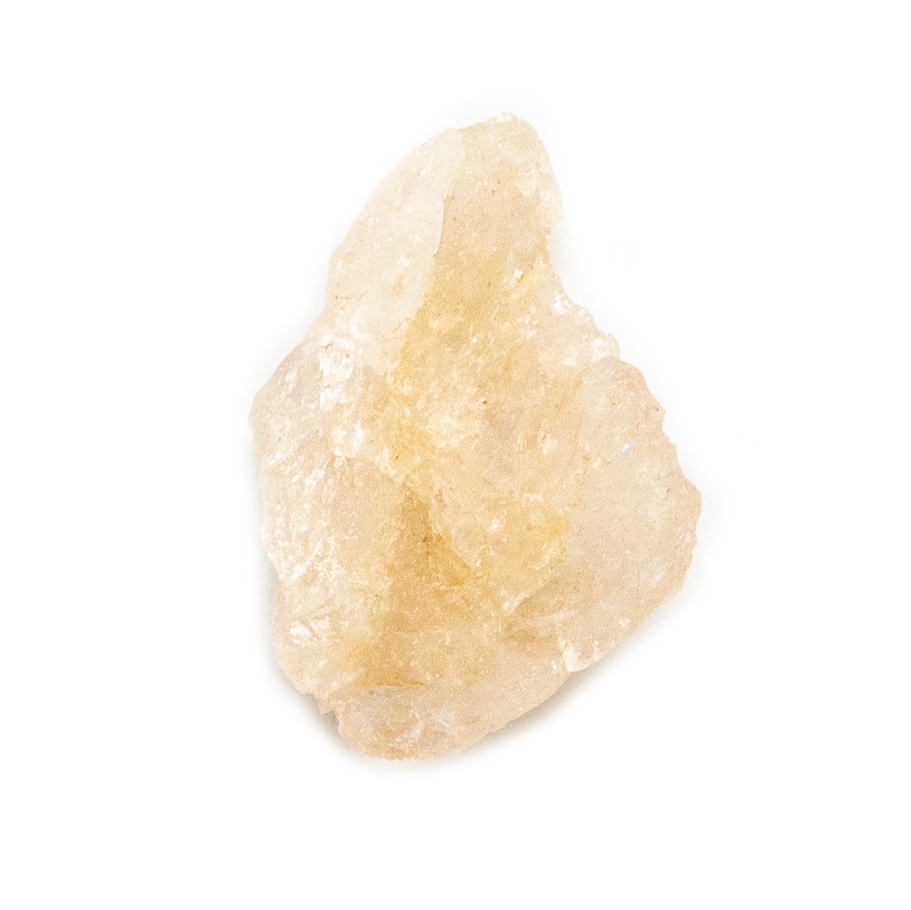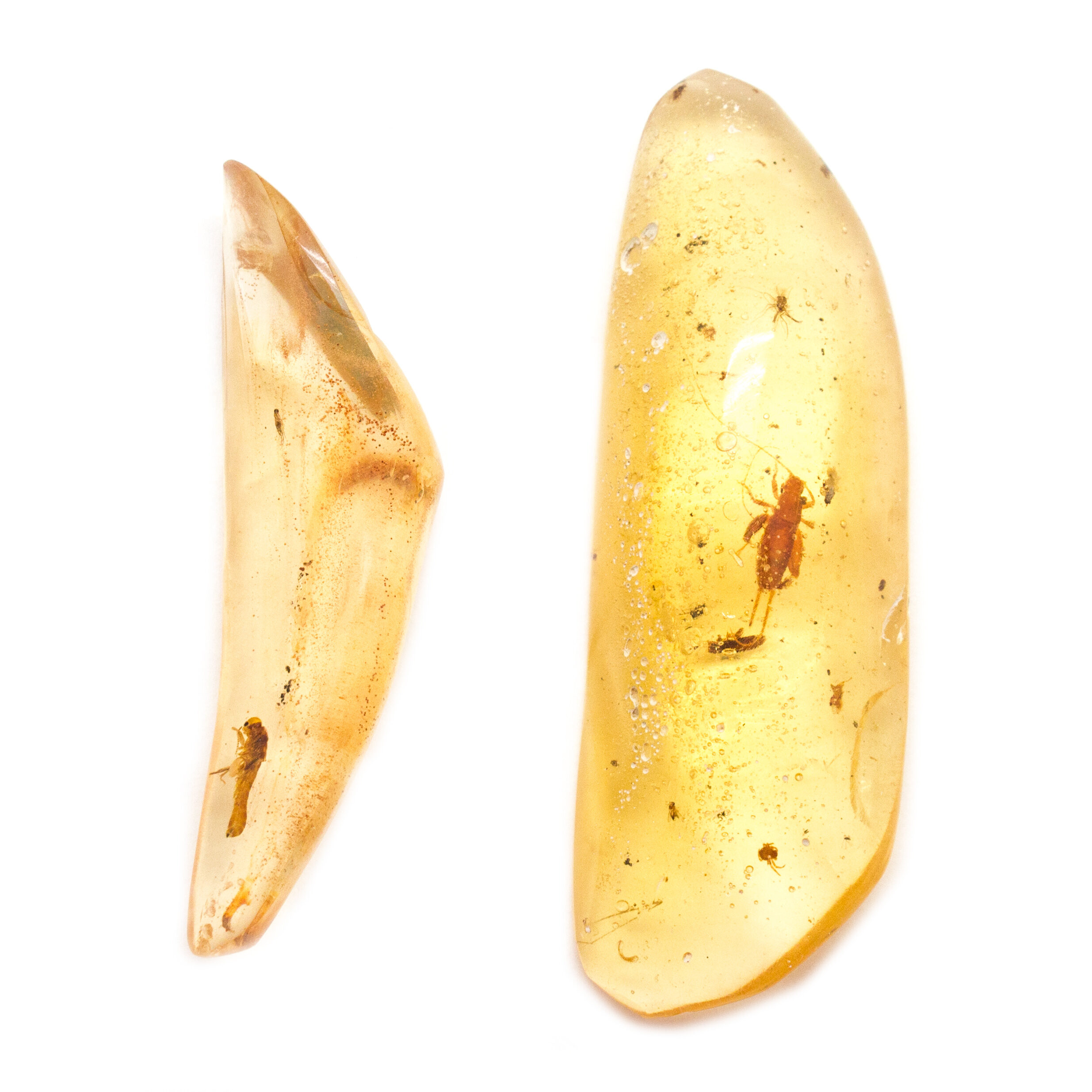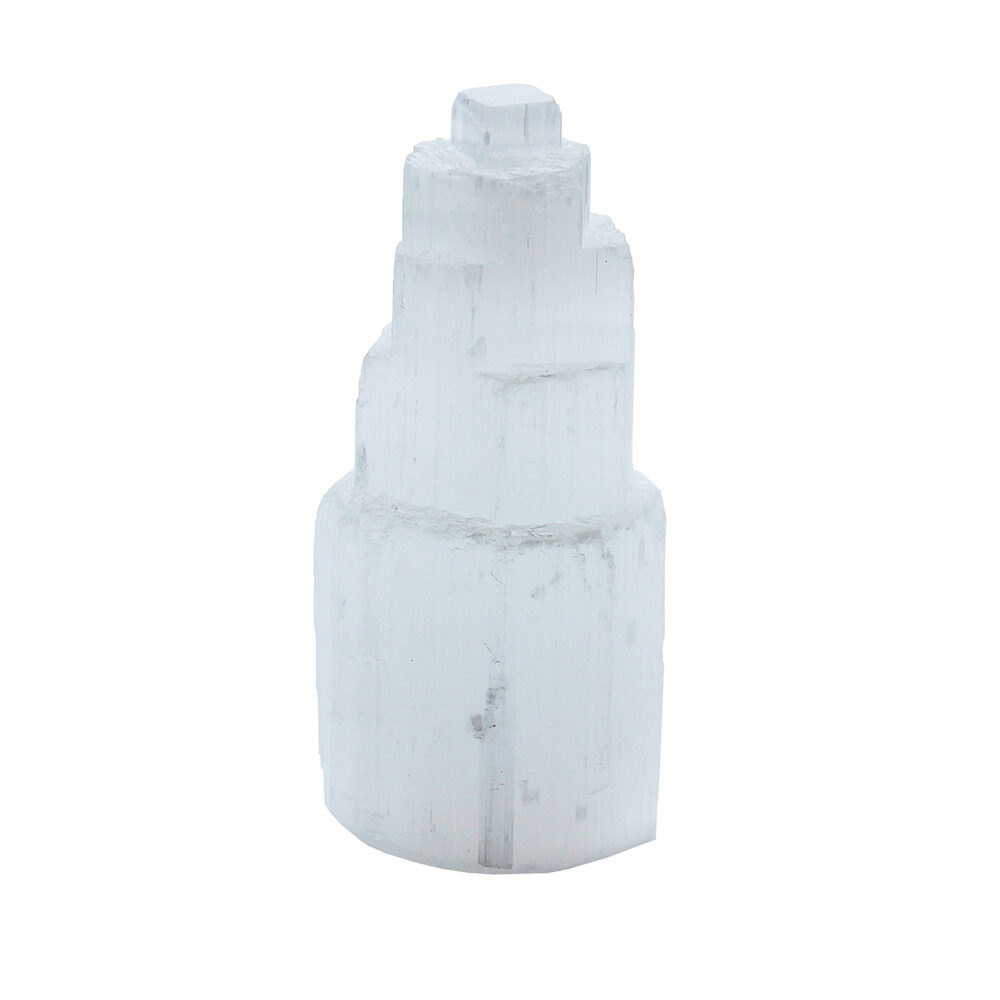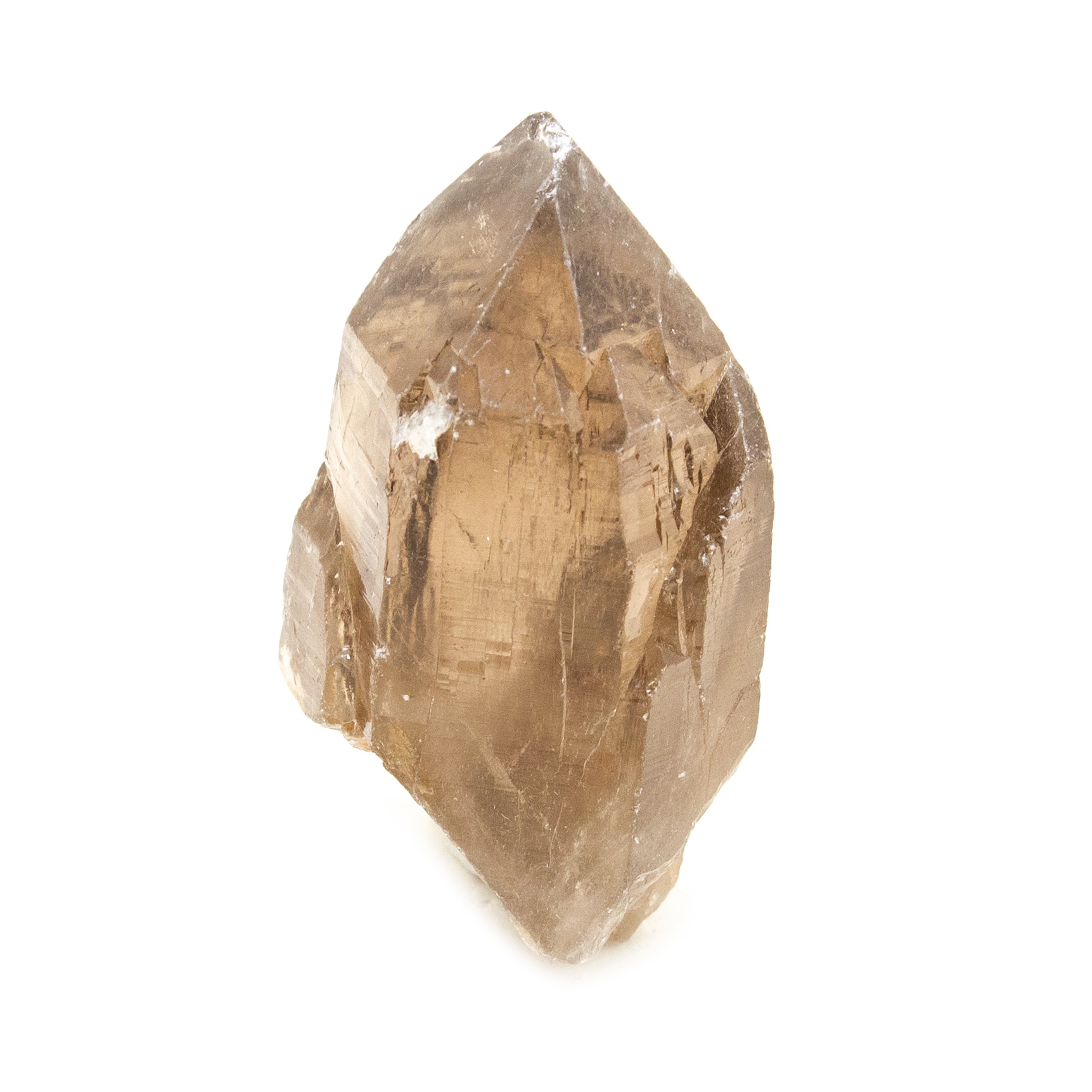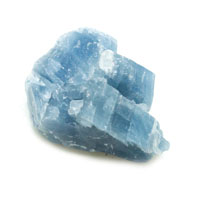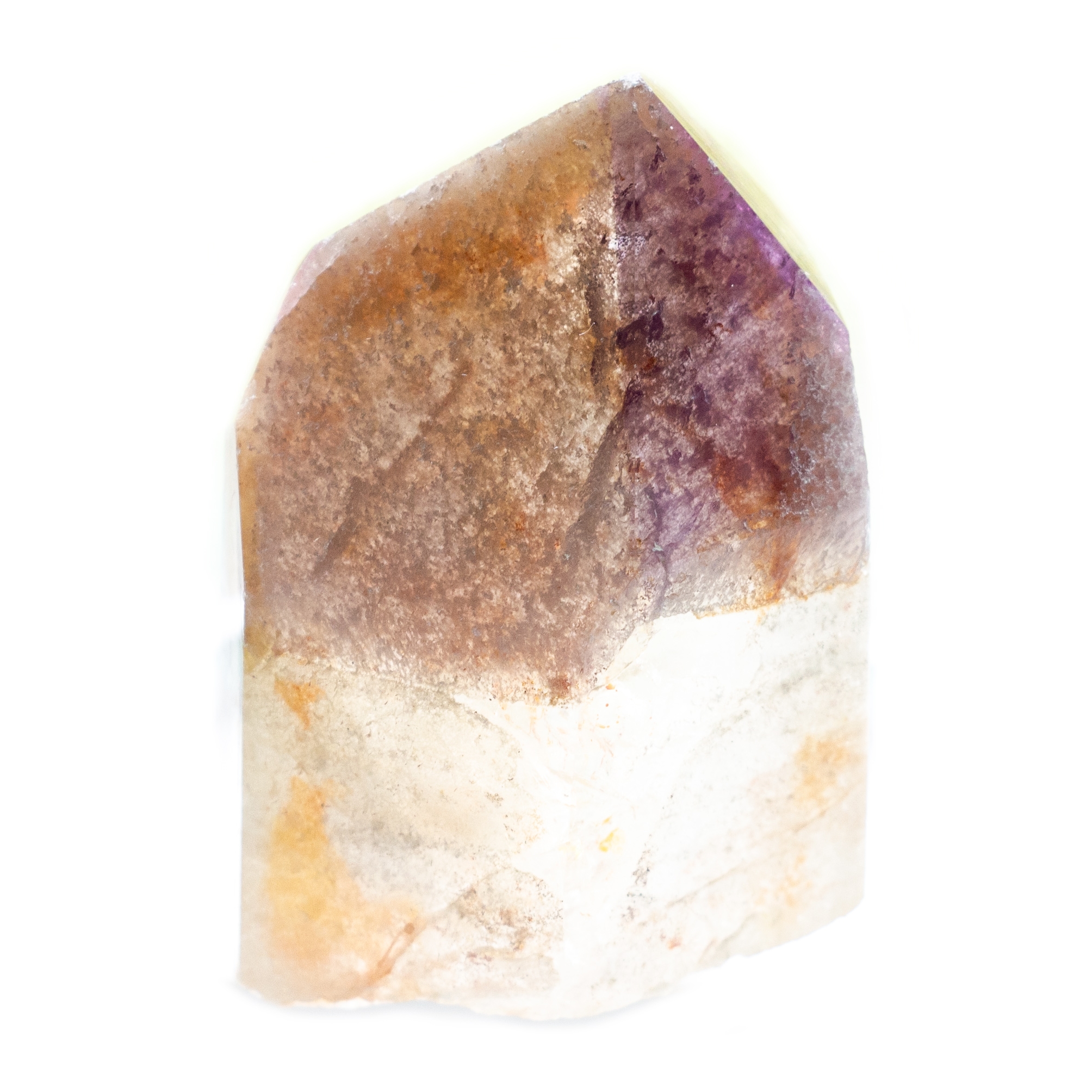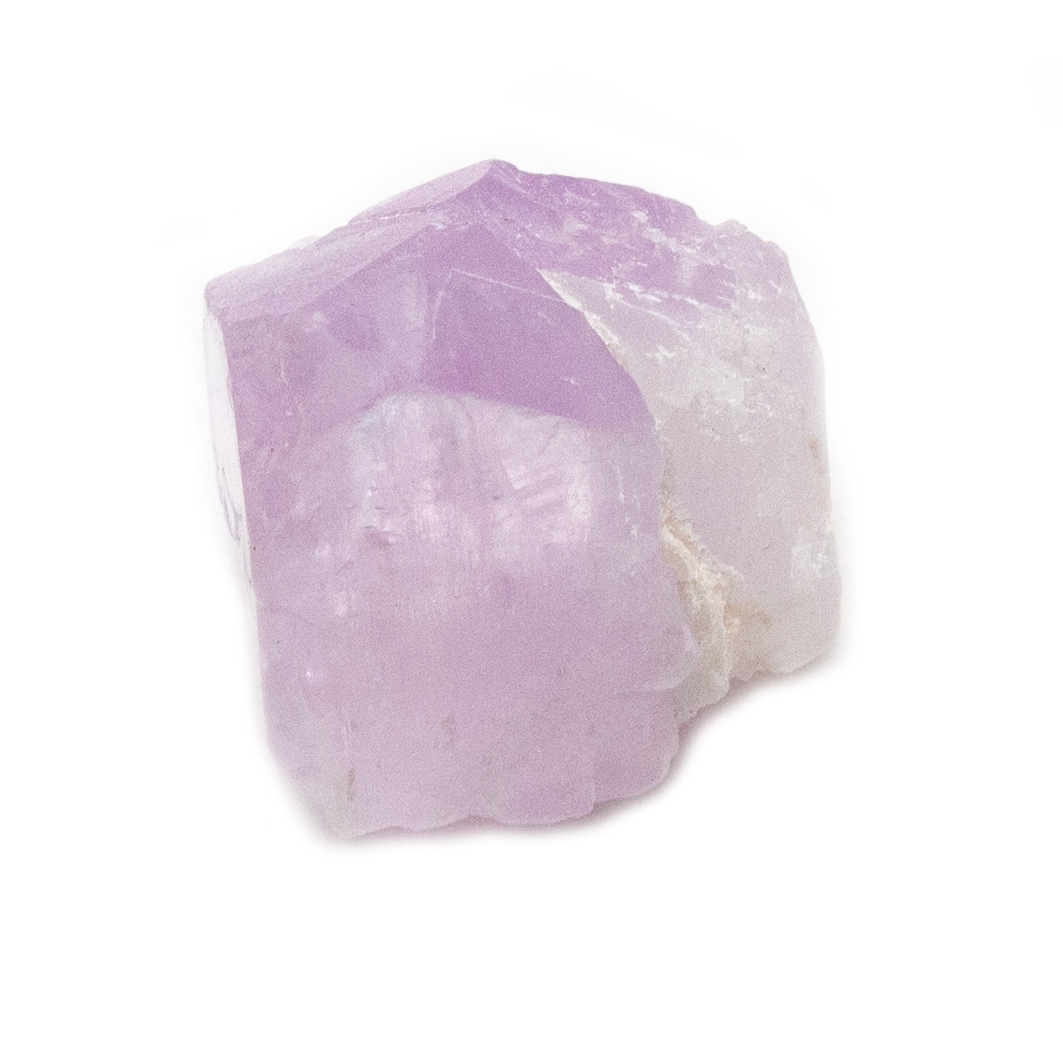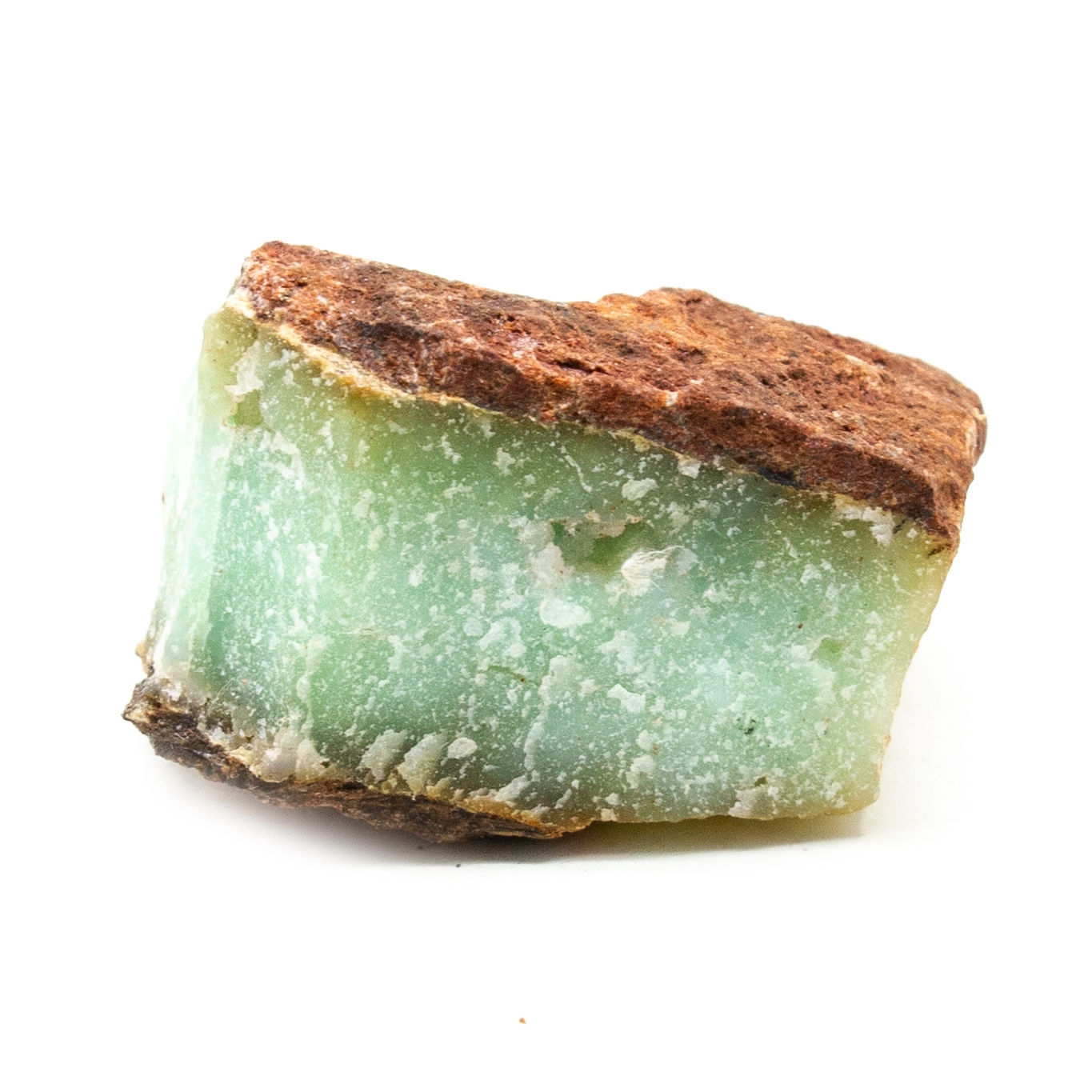How to Care for Your Crystals
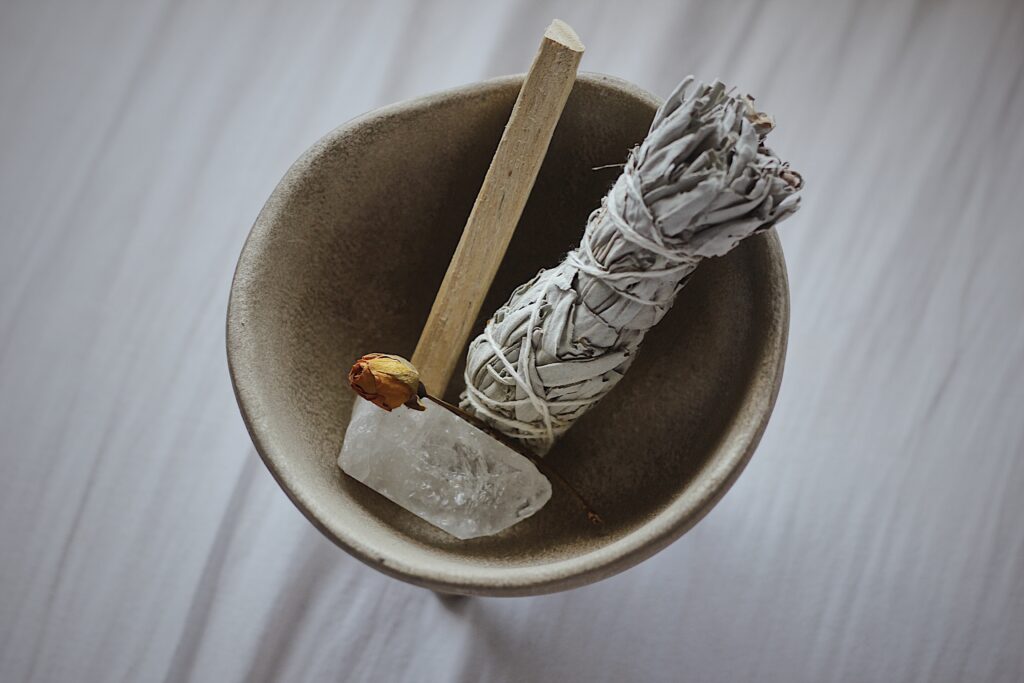
Did you know that some crystals are not water-safe or sun-safe? This is important to know so you can prevent damaging your crystals accidentally. It can also help you choose the correct methods of cleansing and charging for your crystals.
Cleansing or washing certain crystals in water can cause them to dissolve or absorb water which later damages them. Charging certain crystals in direct sunlight can change a crystal's color, cause their color to fade, make them brittle, and sometimes even break them.
It's crucial to take good care of your crystals because they can be valuable allies in your spiritual practice. Protecting them from harm, filth, dust, scratches, or stains is part of caring for them.
This guide will easily help you determine which crystals are water-safe and sun-safe, so you can take the best care of your crystals.
What Crystals are Safe in Water?
What Crystals are Not Safe in Water?
Toxic Crystals
Creating your own crystal essences and elixirs is growing popular in the crystal healing community. Infusing crystals into your drinking water is also gaining huge popularity. Did you know that some crystals are toxic? The safest way to enjoy crystal-infused water is through the indirect method where the drinking water does not come into direct contact with the crystal. However, if you are set on using the direct method, be sure to research the crystals you are using. Here are some popular crystals that should never be used for the direct method of crystal-infused water.
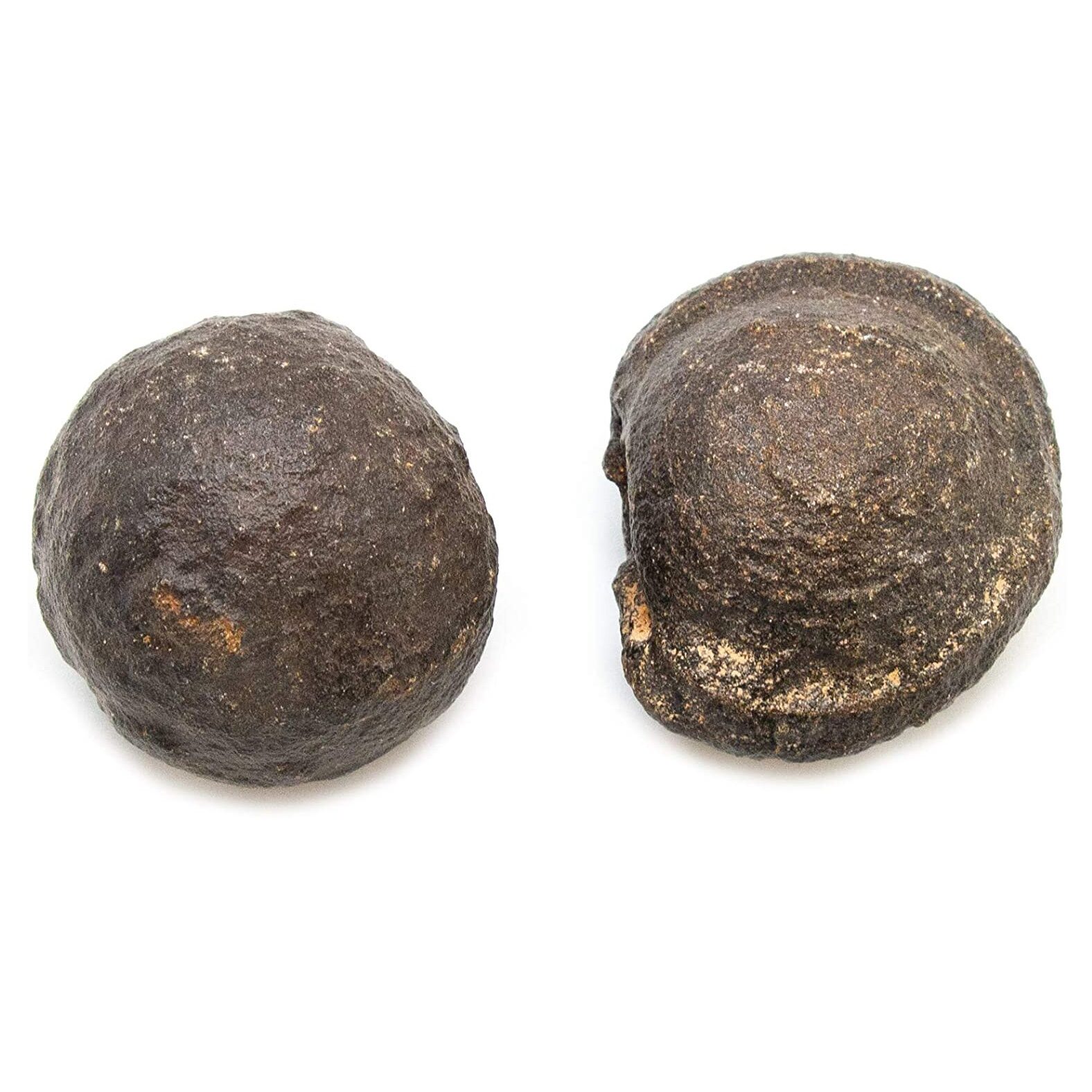
Boji Stones
Contains Sulphur
What Crystals are Safe in Sunlight?
What Crystals are Not Safe in Sunlight?

This list contains the most common crystal types. There are many more crystal types not listed. If you don't see your crystal here, be sure to research the safest methods to utilize it or reach out to us at support@crystalvaults.com.
We also strongly suggest researching the metals or minerals your crystals contain, so you can learn if they can be problematic for your health if your body absorbs them.
Share this page:

